Singapore is not overrated! Don’t let anyone tell you otherwise. This vibrant city offers an abundance of exciting experiences that come at no cost. There are unique subcultures waiting to be explored, as well as stunning green spaces that most urban areas can only aspire to achieve.
Singapore is a shining example of effective management and progressive thinking. I’m here to guide you through this incredible city. We’ll spend three days immersing ourselves in diverse subcultures, indulging in the delicious offerings at hawker markets, and enjoying a day biking on a beautiful island.
Without further ado, here’s a detailed 3-day itinerary for Singapore. First, let’s check out the itinerary on the map below:
3-Day Singapore Itinerary Map
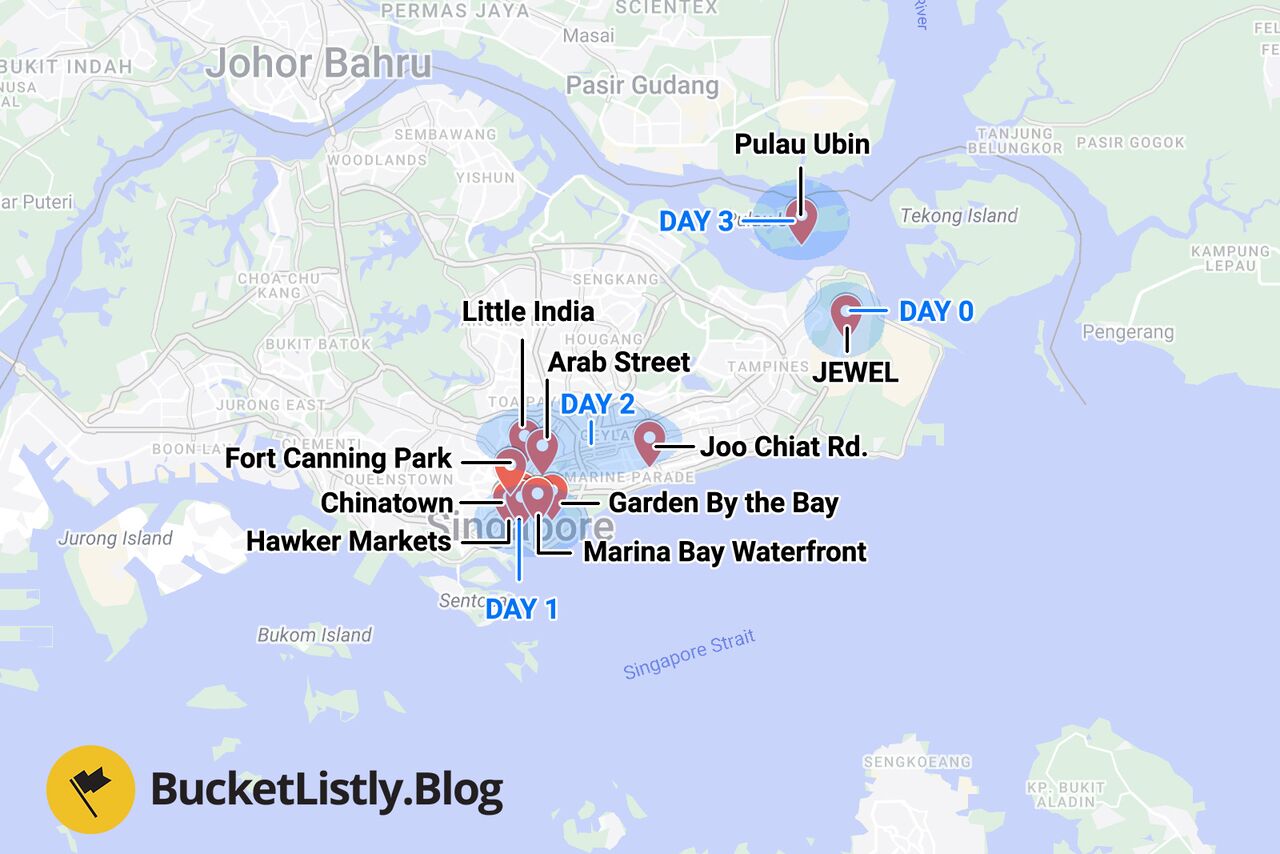
Quick Summary: 3-Day Singapore Backpacking Itinerary
3 Days in Singapore Backpacking Itinerary
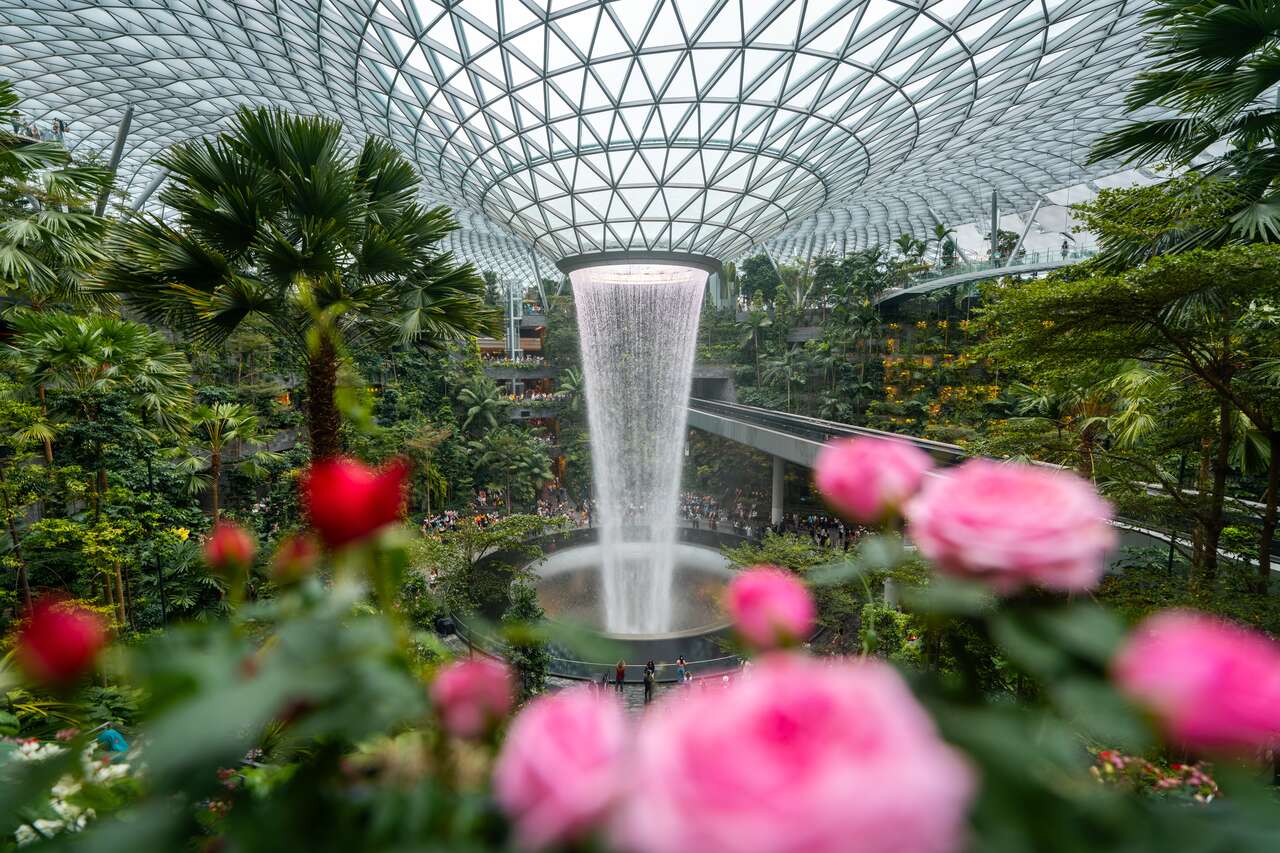
Upon arriving at Changi Airport, check your terminal and either take a shuttle bus or walk to Jewel, an impressive shopping mall connected to the airport. Inside, you can admire the Jewel Rain Vortex, the tallest indoor waterfall in the world, enveloped in a beautiful terraced forest.
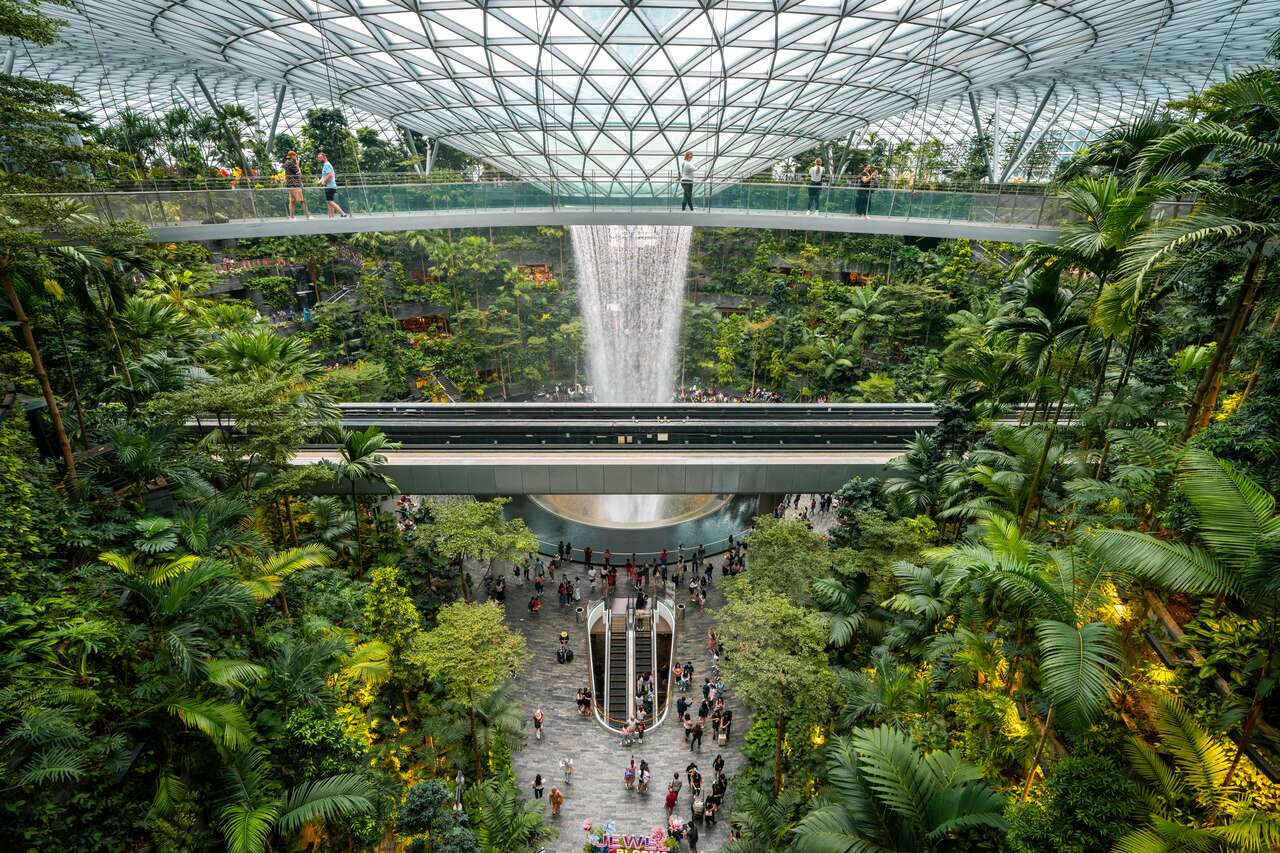
This remarkable structure embodies Singapore’s spirit of blending modernity with nature, with nearly 50% of the city covered in green spaces!
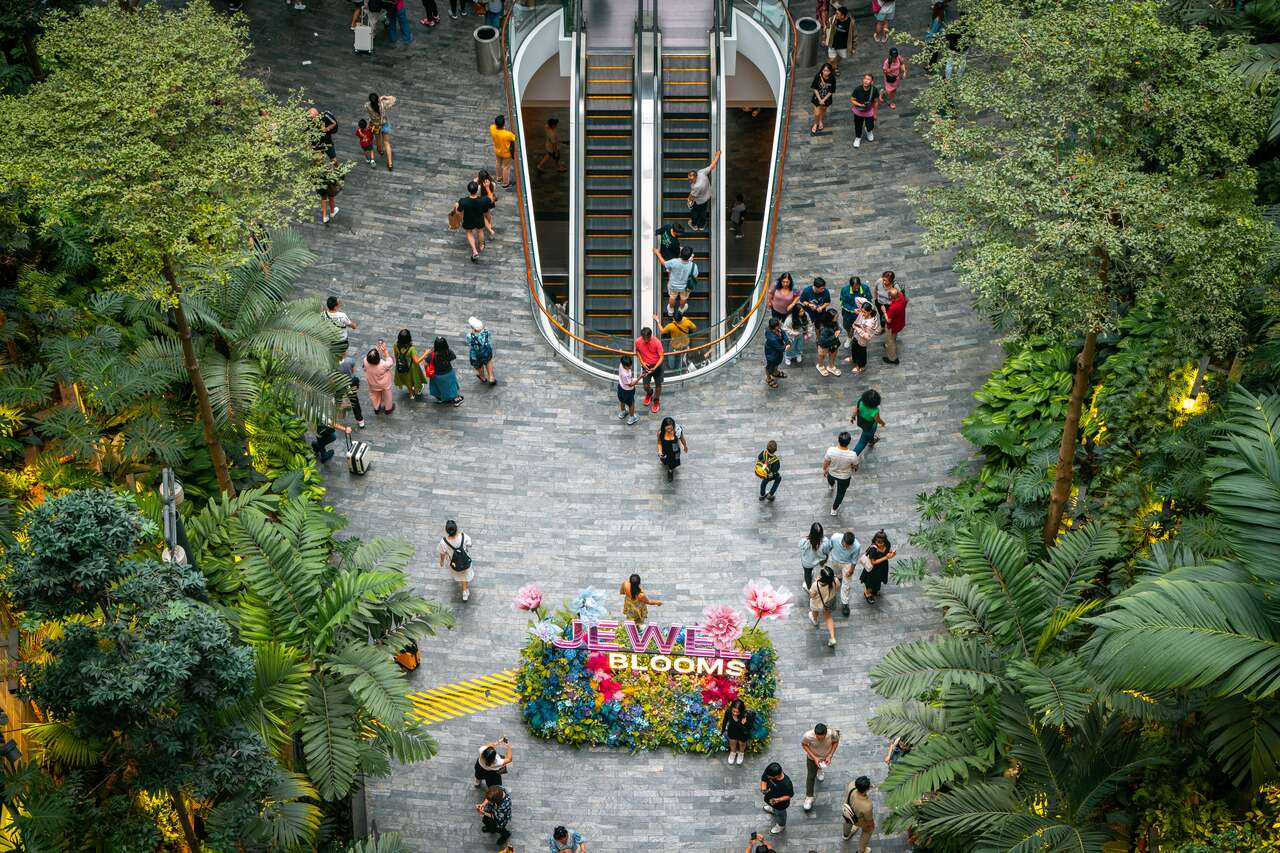
The Rain Vortex operates from 11 AM to 10 PM every day, and on weekends, it opens an hour earlier. If you arrive outside these hours, feel free to explore the various eateries within the mall while you wait.
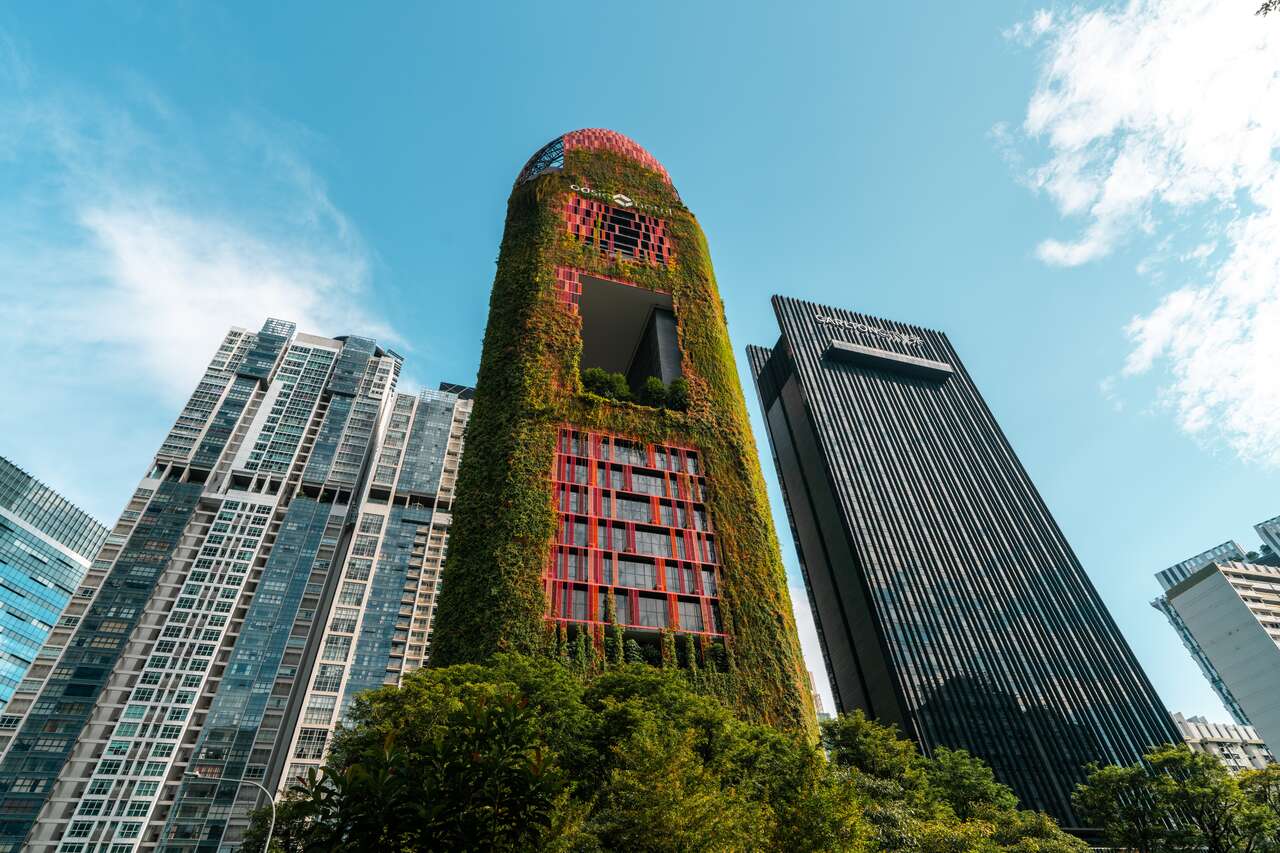
After enjoying the waterfall, head to your accommodation via the MRT and rest up for an exciting day ahead.
Day 1: Explore Chinatown, Marina Bay, and Gardens by the Bay

A great starting point for your Singapore adventure is Chinatown, which boasts a dynamic Chinese community, lively markets, diverse food options, and fascinating attractions that can keep you engaged for hours.
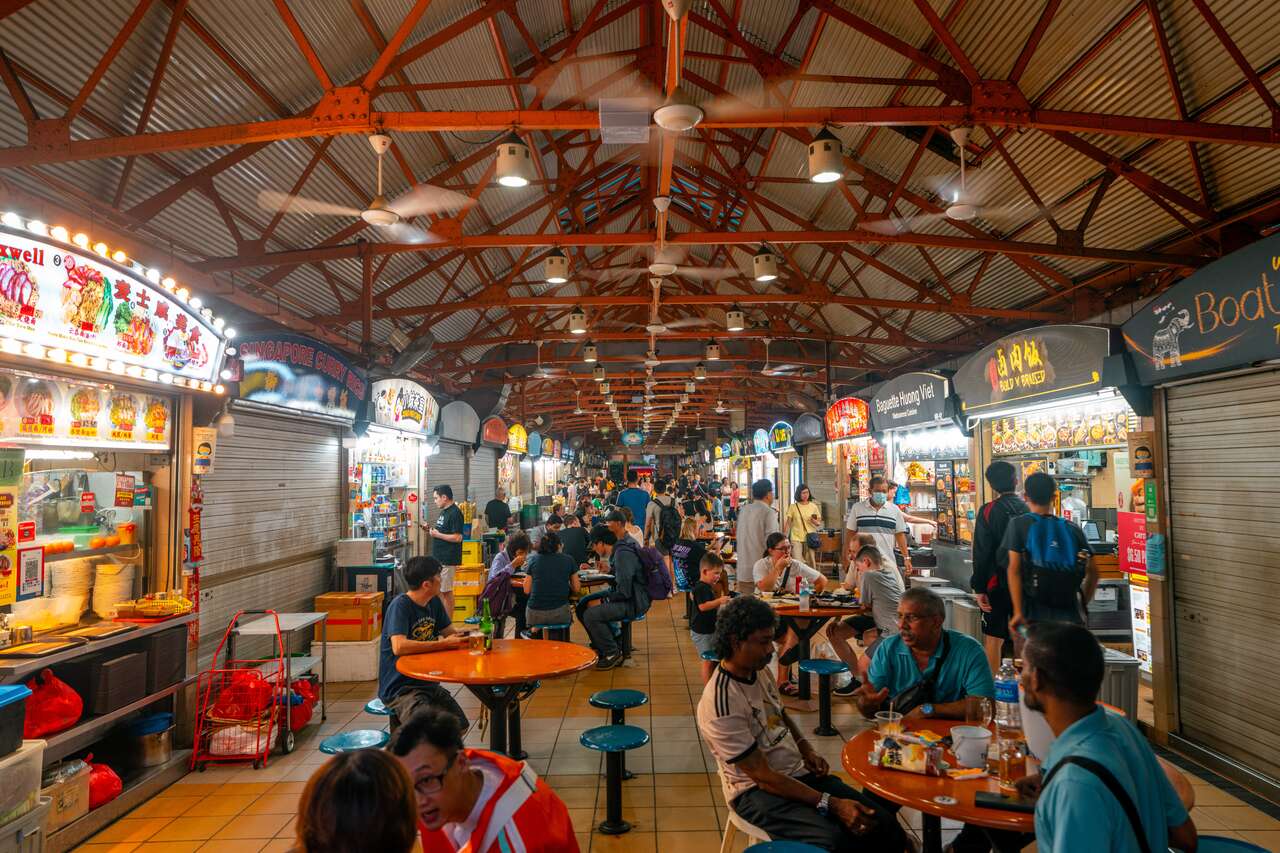
Don’t miss out on Maxwell Food Center, a hawker center featuring myriad food stalls serving everything from dim sum to Hainanese chicken rice. It’s the perfect spot to grab breakfast before diving into all that Chinatown has to offer.
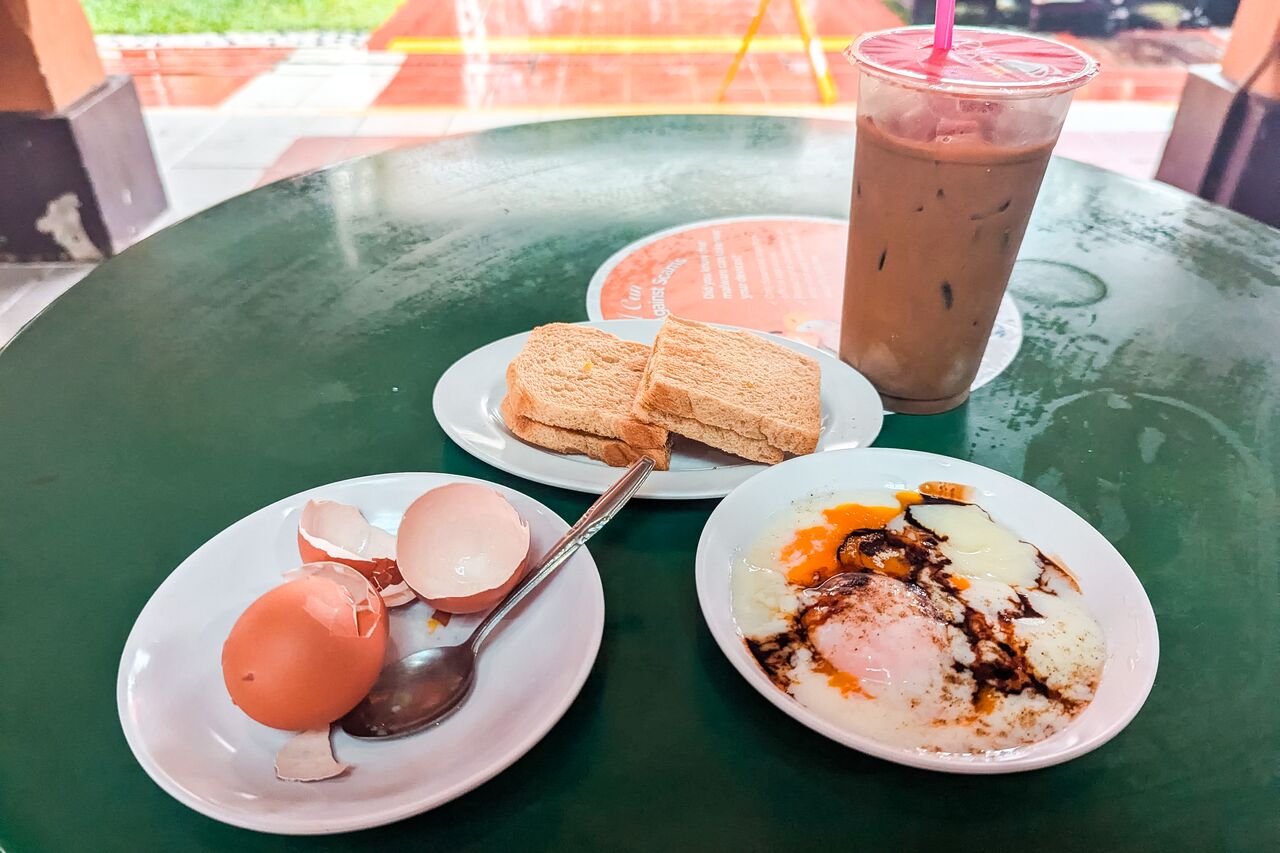
One of my personal favorites for breakfast is Coffee Queen, known for its fantastic breakfast set priced at just 3.40 SGD—definitely worth trying!
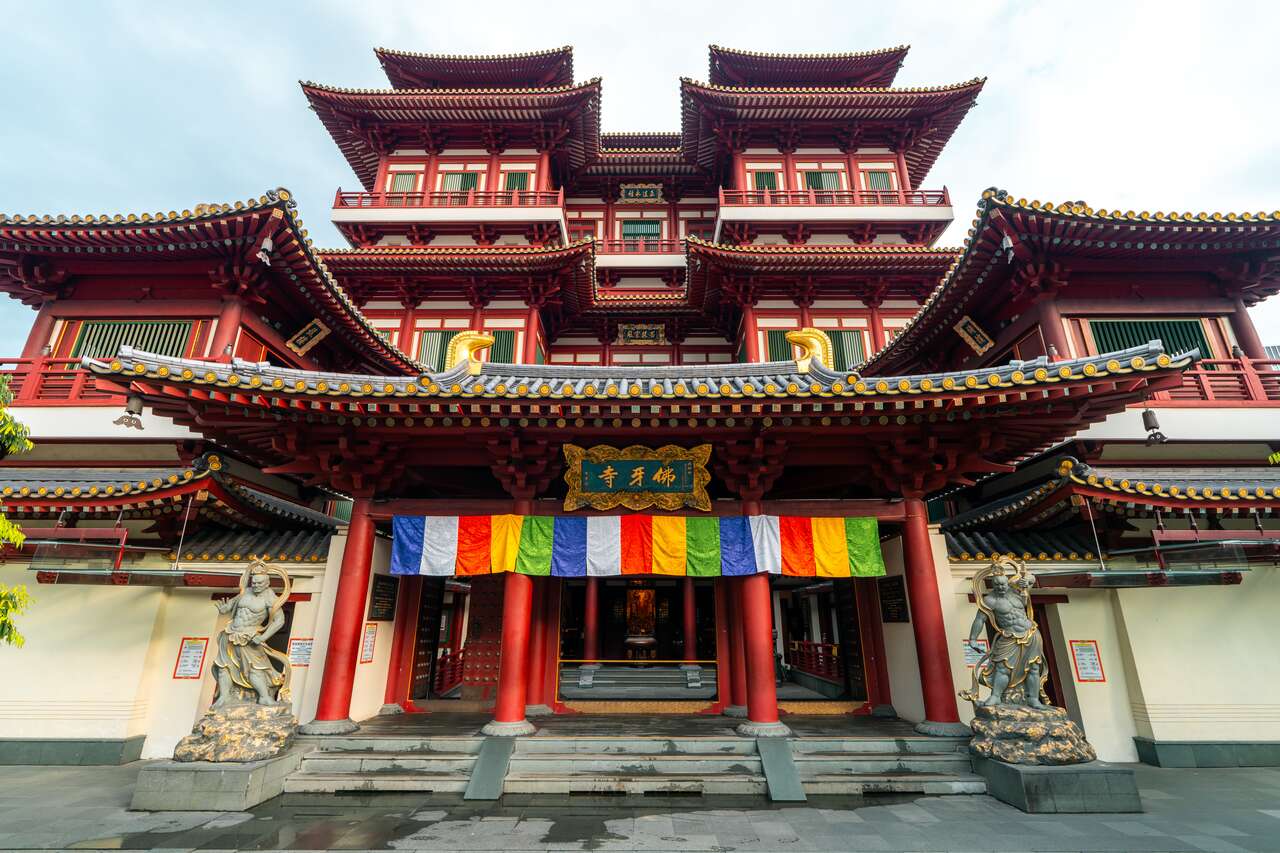
Among the standout attractions in Chinatown is the Buddha Tooth Relic Temple, an exquisite Tang Dynasty-style temple home to many religious artifacts, including the revered Buddha tooth.

This temple houses over 10,000 Buddha images, including statues and carvings displayed throughout its halls. Make sure to spend about half an hour here to fully appreciate its beauty before moving on.
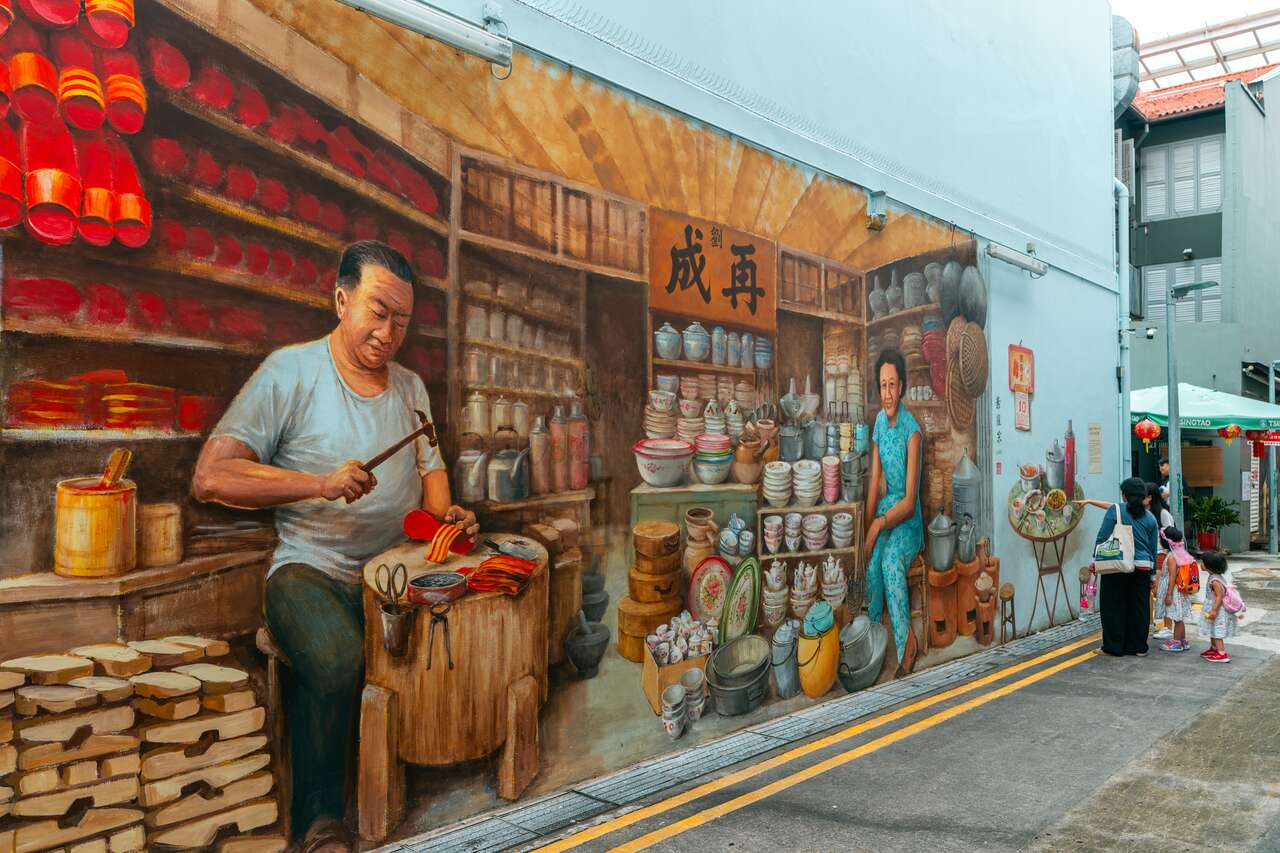
Outside the temple, a vibrant atmosphere awaits with numerous restaurants and souvenir shops. Be sure to keep an eye out for the street art that adorns the area!
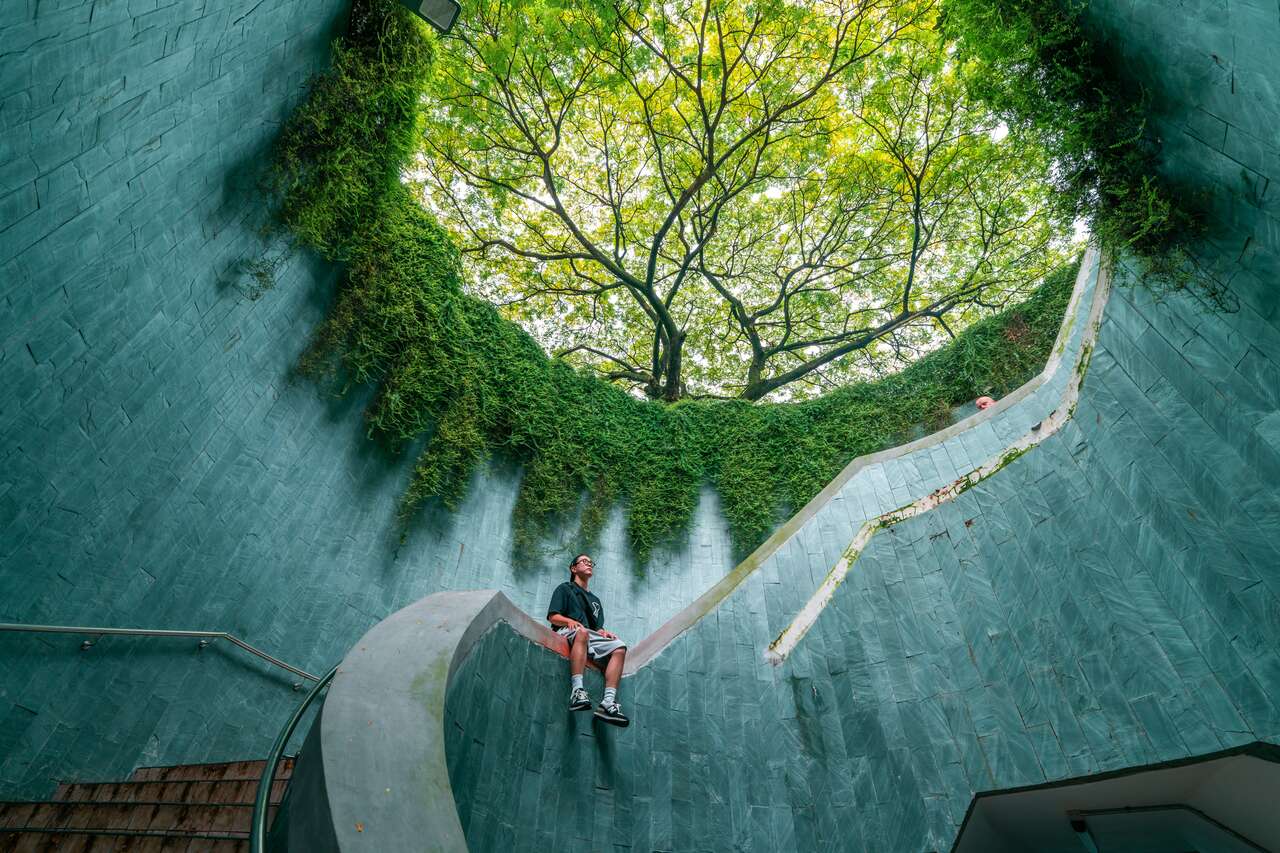
Your next stop is Fort Canning Park, often referred to as the green heart of Singapore. This lush park sits atop a hill in the city center and offers a serene escape.
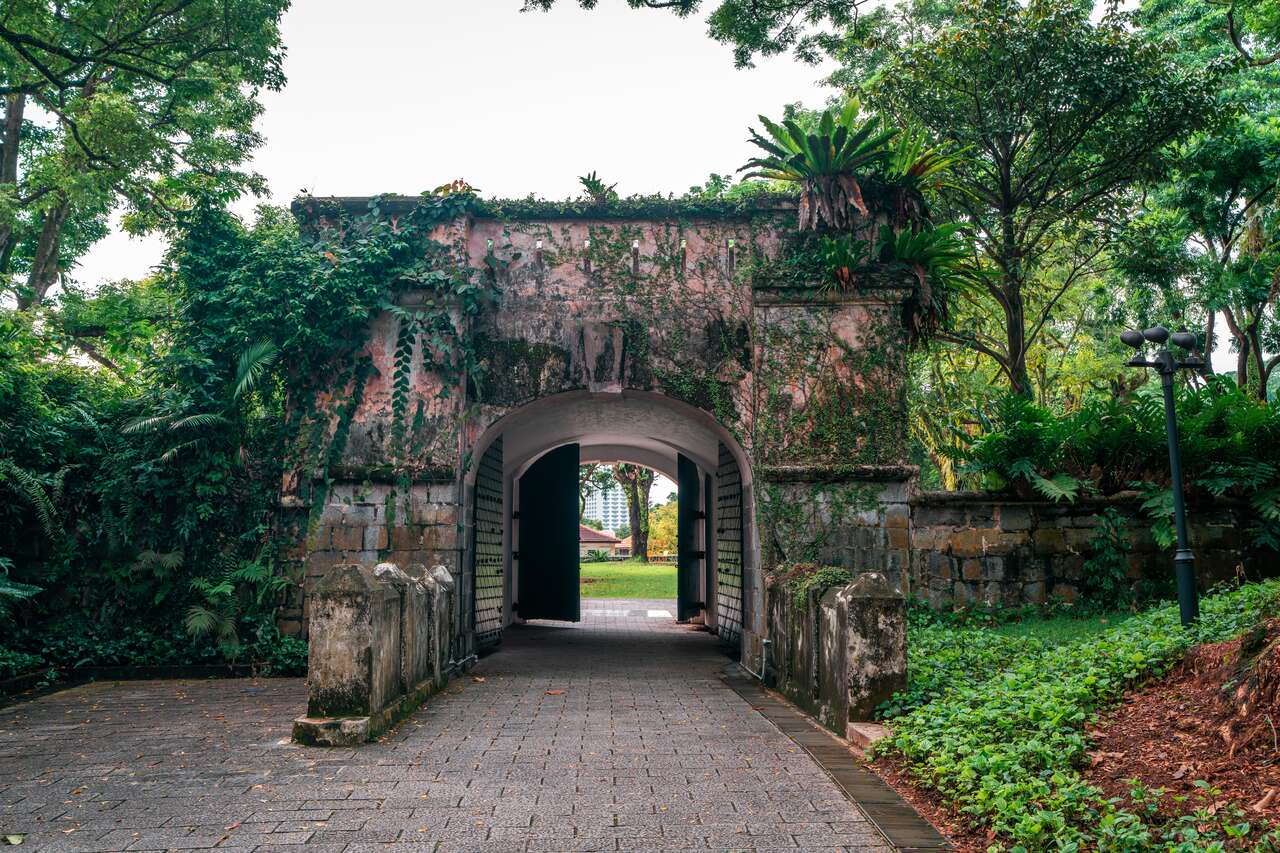
With many attractions scattered across its expansive grounds, expect to spend at least an hour exploring this beautiful park. Visiting early in the day or later in the evening is best to avoid the heat.
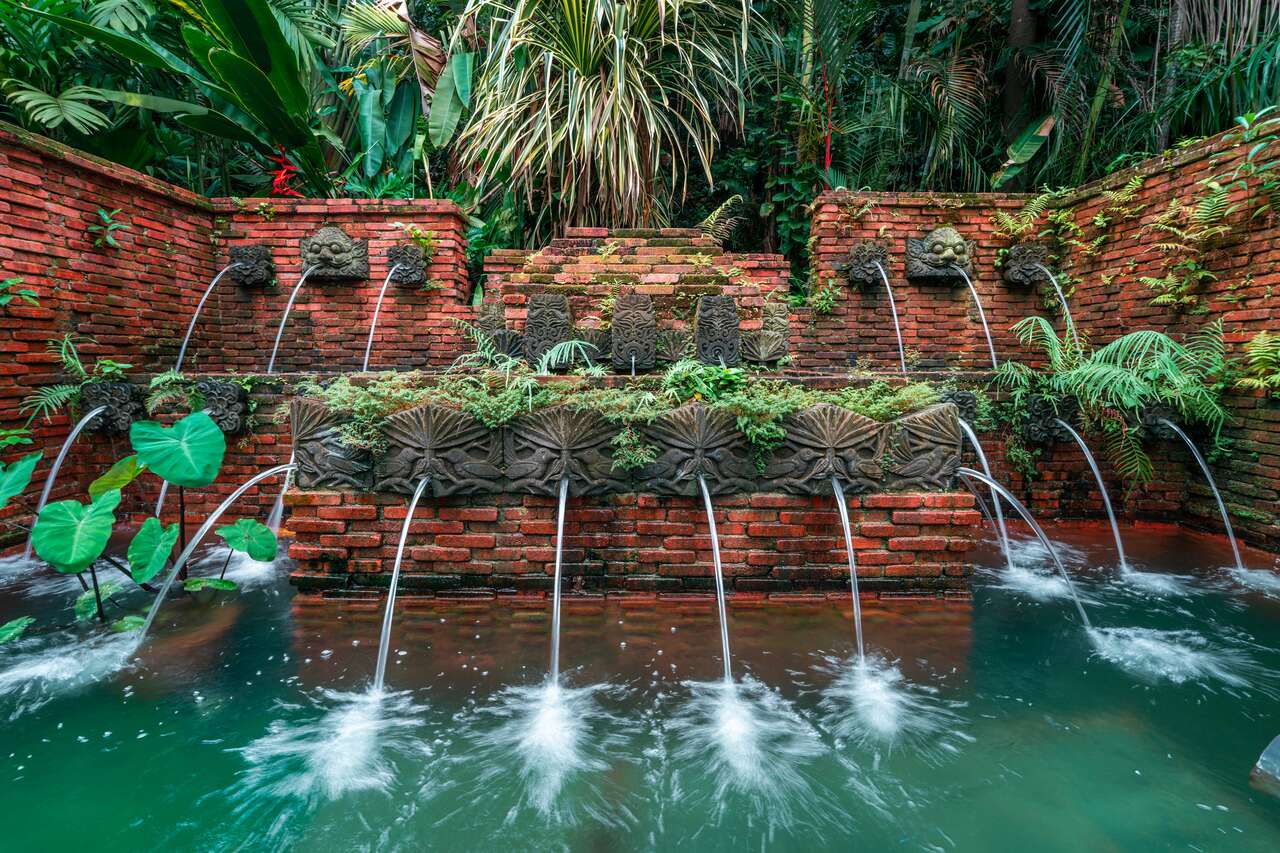
Attractions include Pancur Larangan, a charming Bali-style garden, and the National Museum of Singapore, where you can learn about the nation’s history. Don’t forget to visit the famous Tree Tunnel, a popular photo spot!
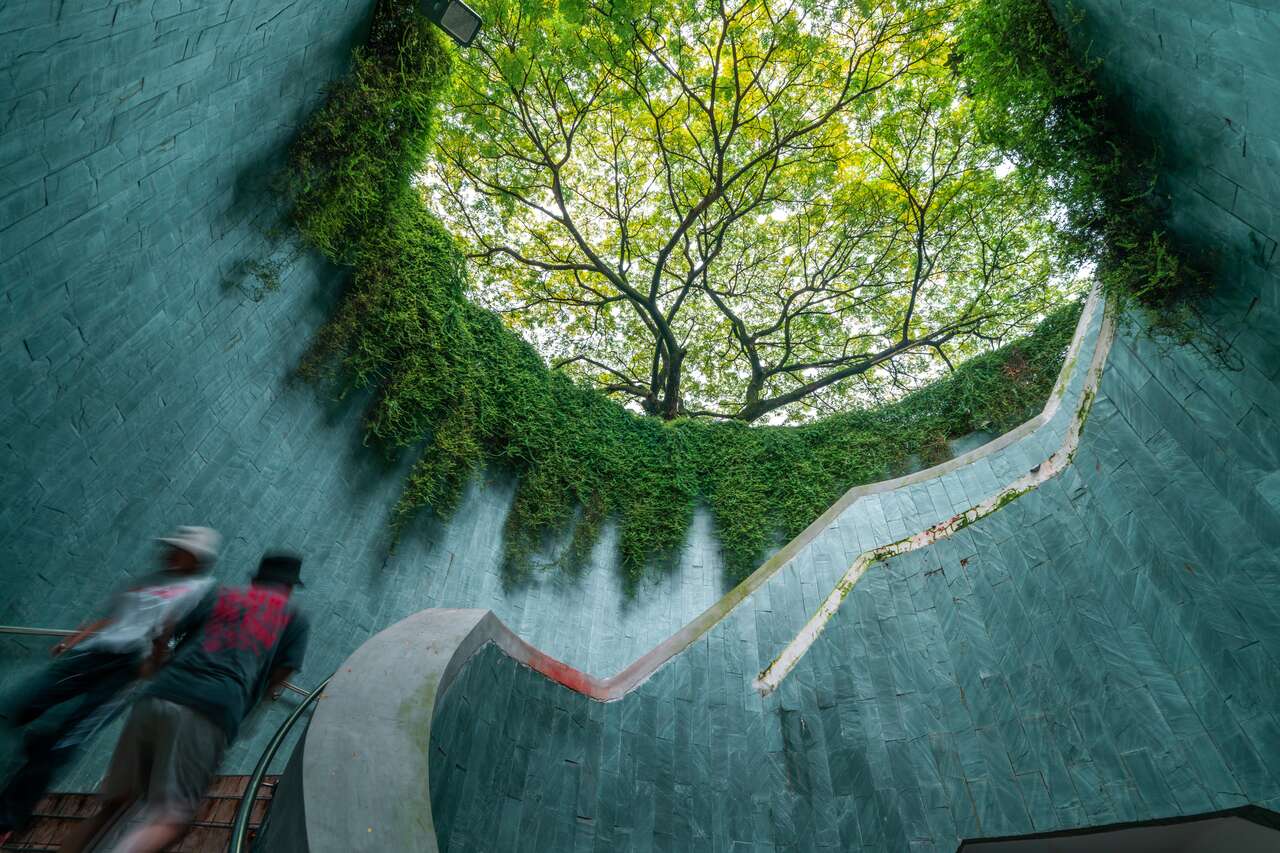
Capture that iconic shot at the Tree Tunnel, known for its impressive perspective and sprawling branches. This spot is often bustling with photographers and visitors seeking the perfect picture.
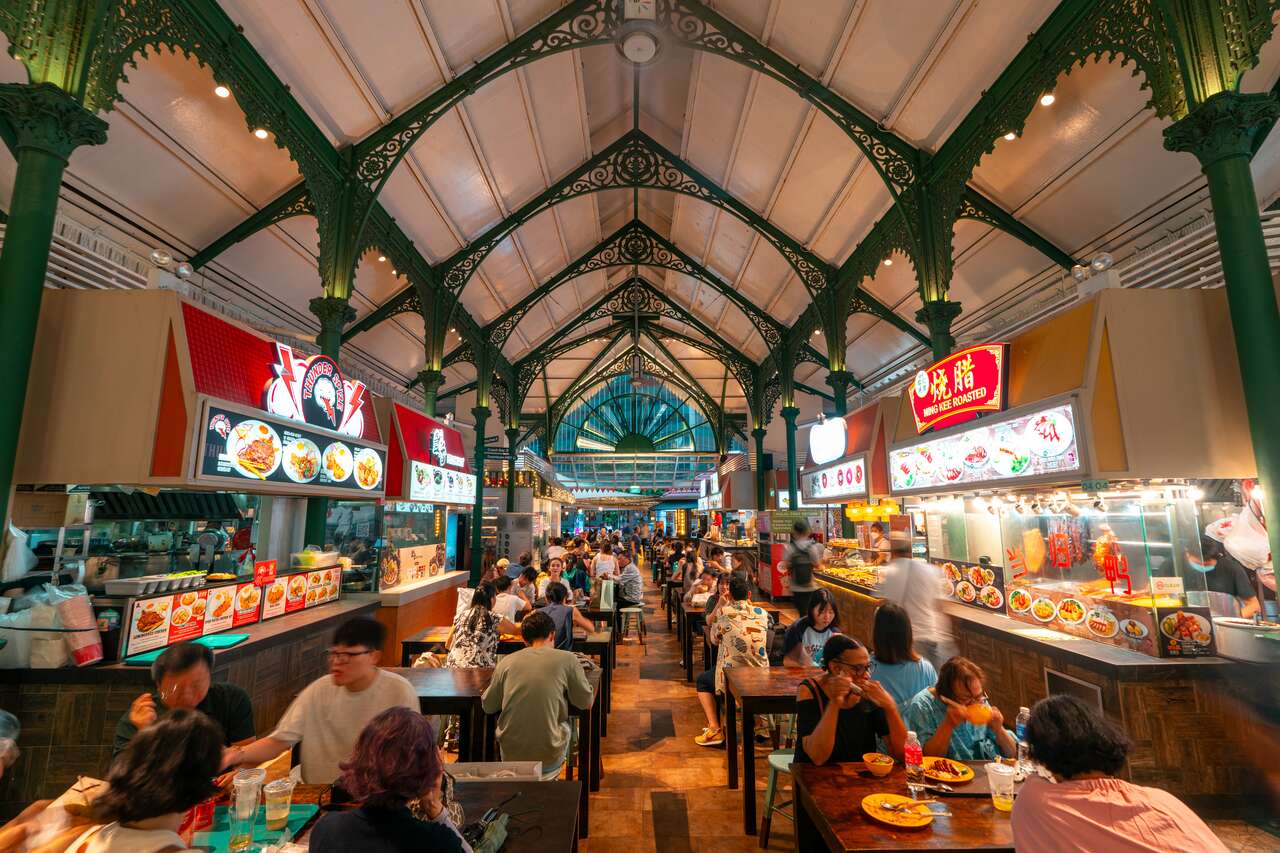
For lunch, head to Lau Pa Sat, located in the heart of the business district. This bustling food market offers a diverse selection of food stalls, providing an affordable way to sample Singapore’s culinary landscape.
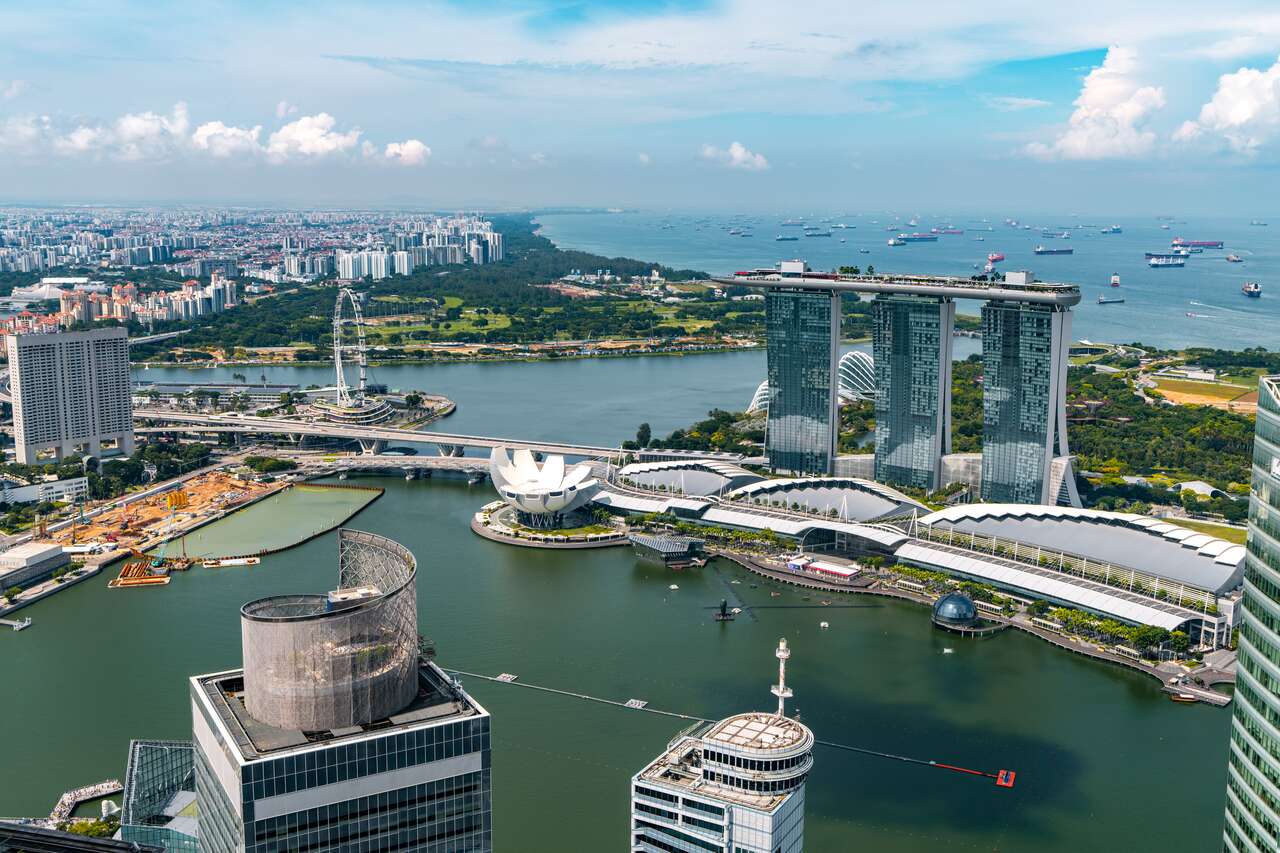
In the afternoon, take a trip to the Sky Garden at CapitaSpring Tower for a breathtaking view of the city, including a panoramic view of Marina Bay.
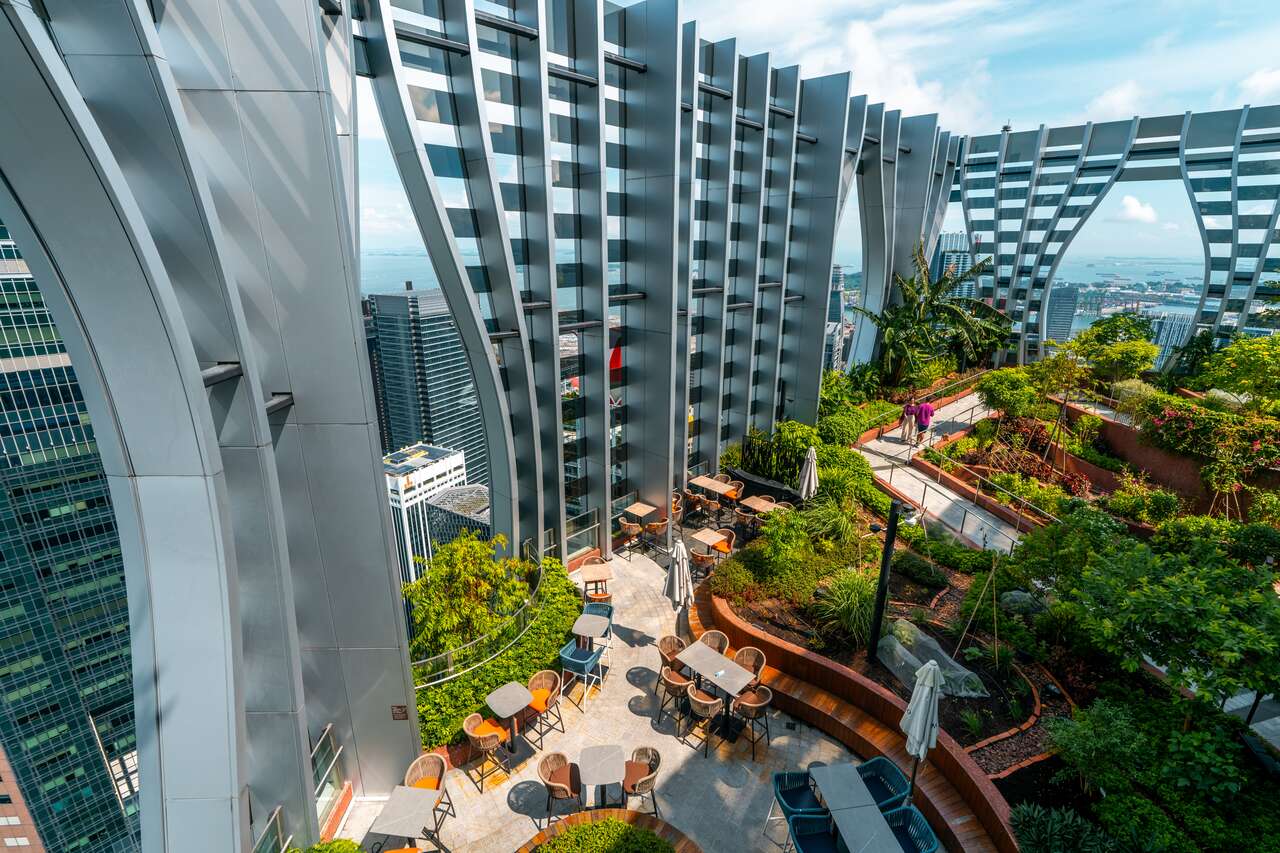
You can reserve a time slot for free on their website, but it tends to fill up quickly. Alternatively, you can secure entry by purchasing a bar admission ticket for 10 SGD, granting you instant access to Sky Garden with a complimentary drink.
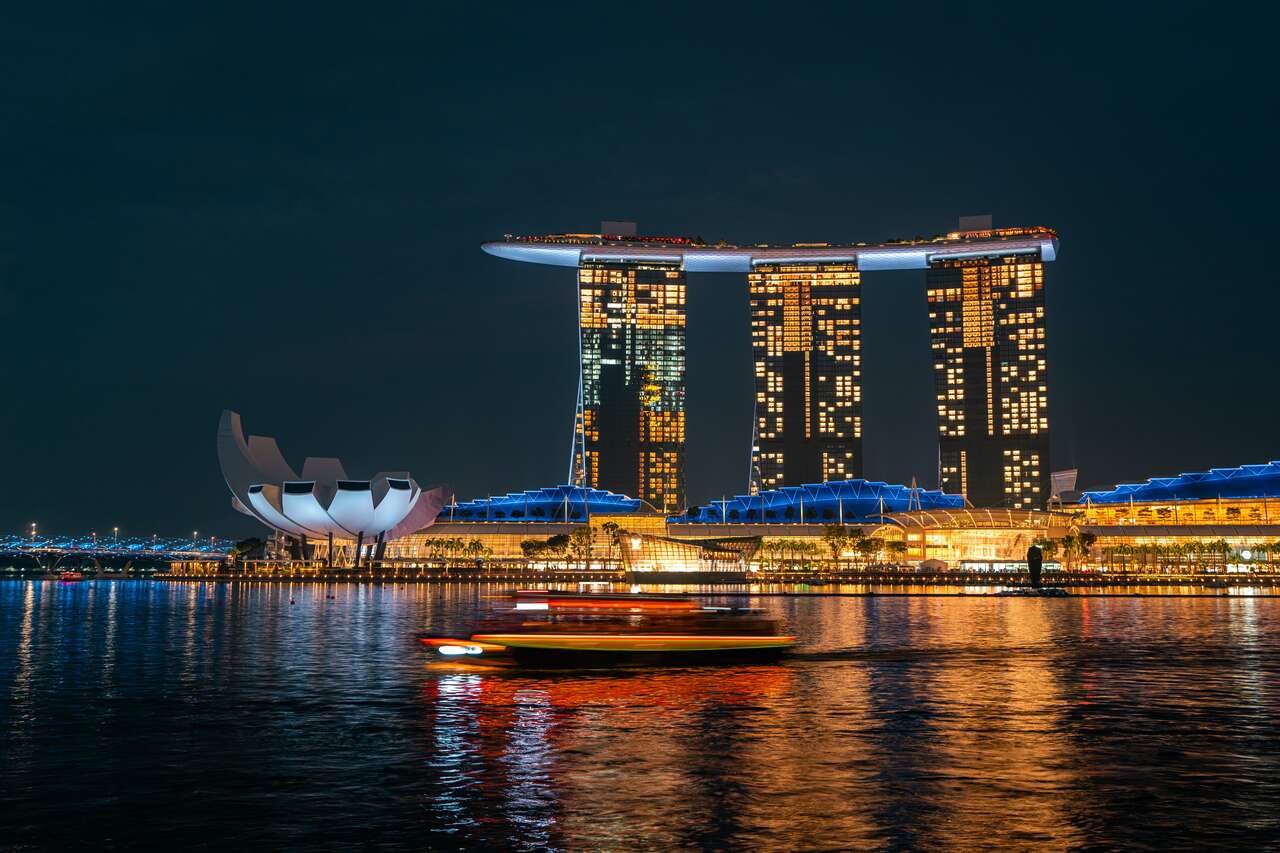
Before sunset, take a peaceful stroll along the Marina Bay Waterfront Promenade. As the sun sets, the stunning skyline of Singapore will shimmer beautifully in the water.
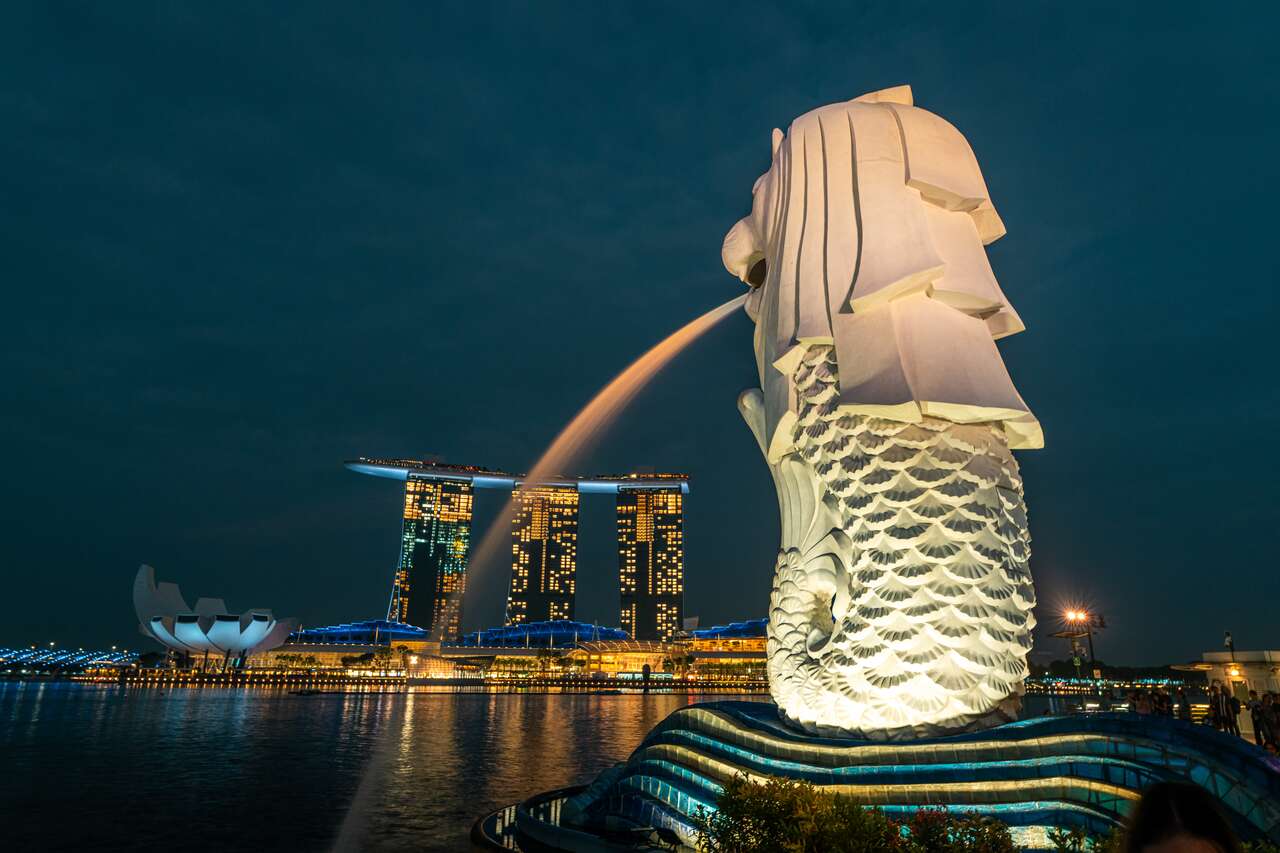
Here lies the iconic Marina Bay Sands skyscraper with its famous boat-shaped top, the ArtScience Museum resembling a flower, and the Merlion Statue, a prominent symbol of Singapore.
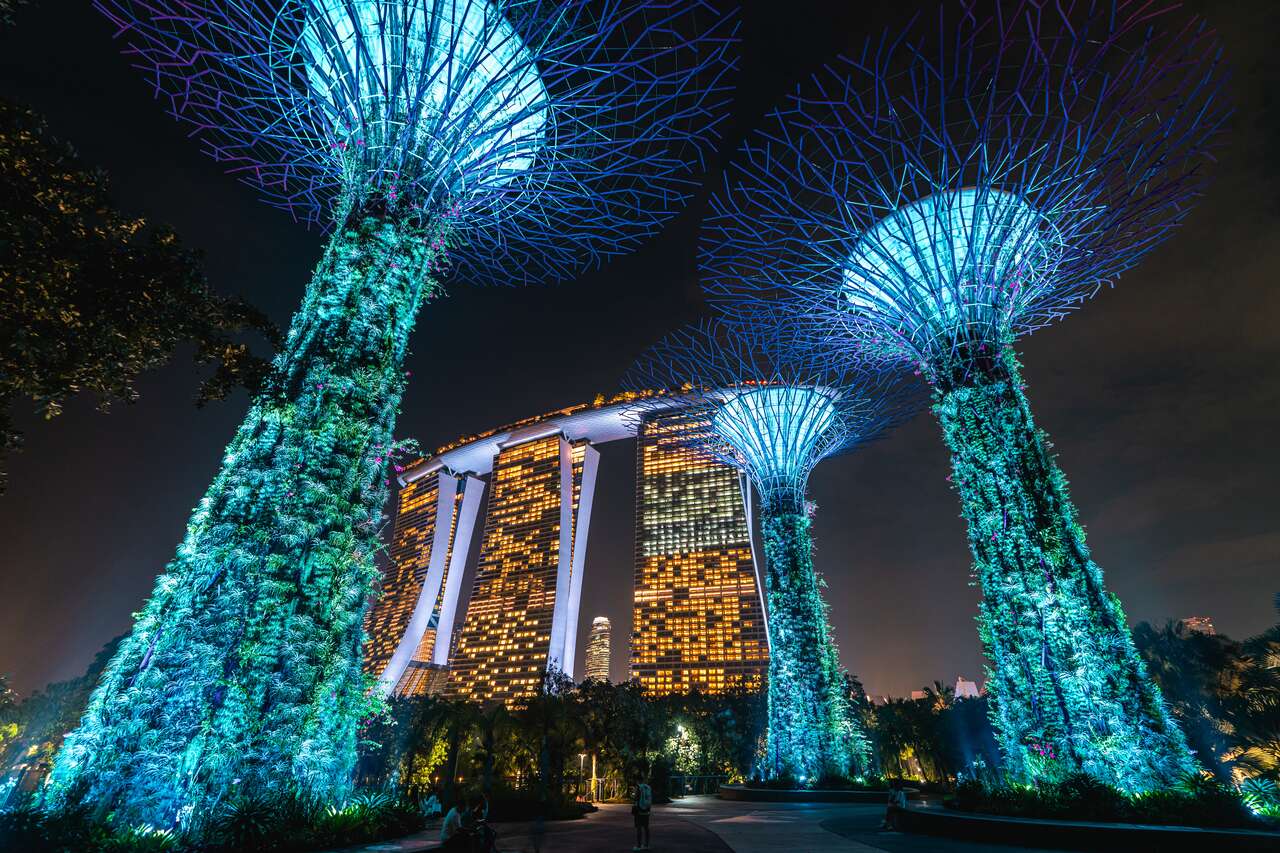
Afterward, head to Gardens by the Bay, a remarkable engineering wonder featuring vast glass houses bustling with exotic plants and the quirky Supertree Grove.
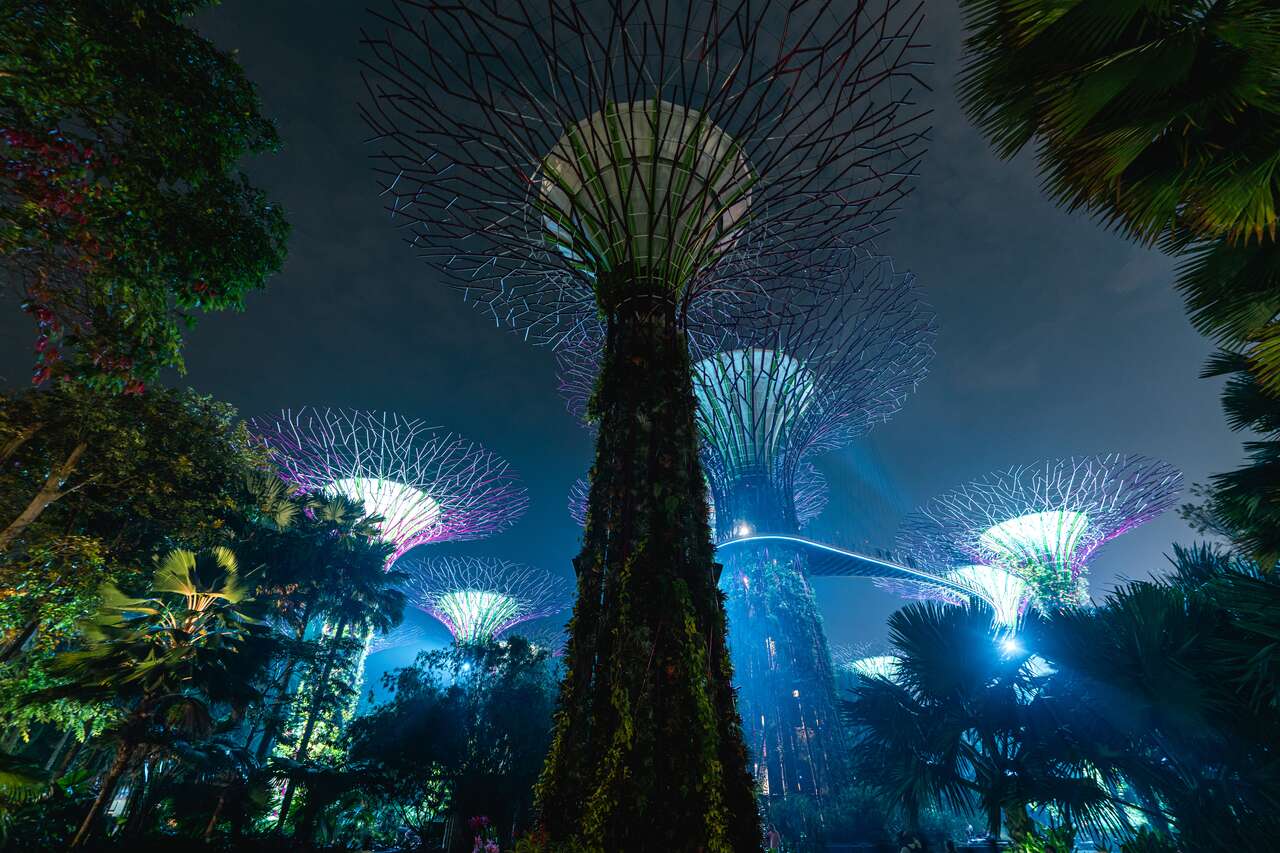
At night, be sure to catch the two light and music shows at 7:45 PM and 8:45 PM, each lasting about 15 minutes. Arrive a bit early to find a good spot to enjoy the show.
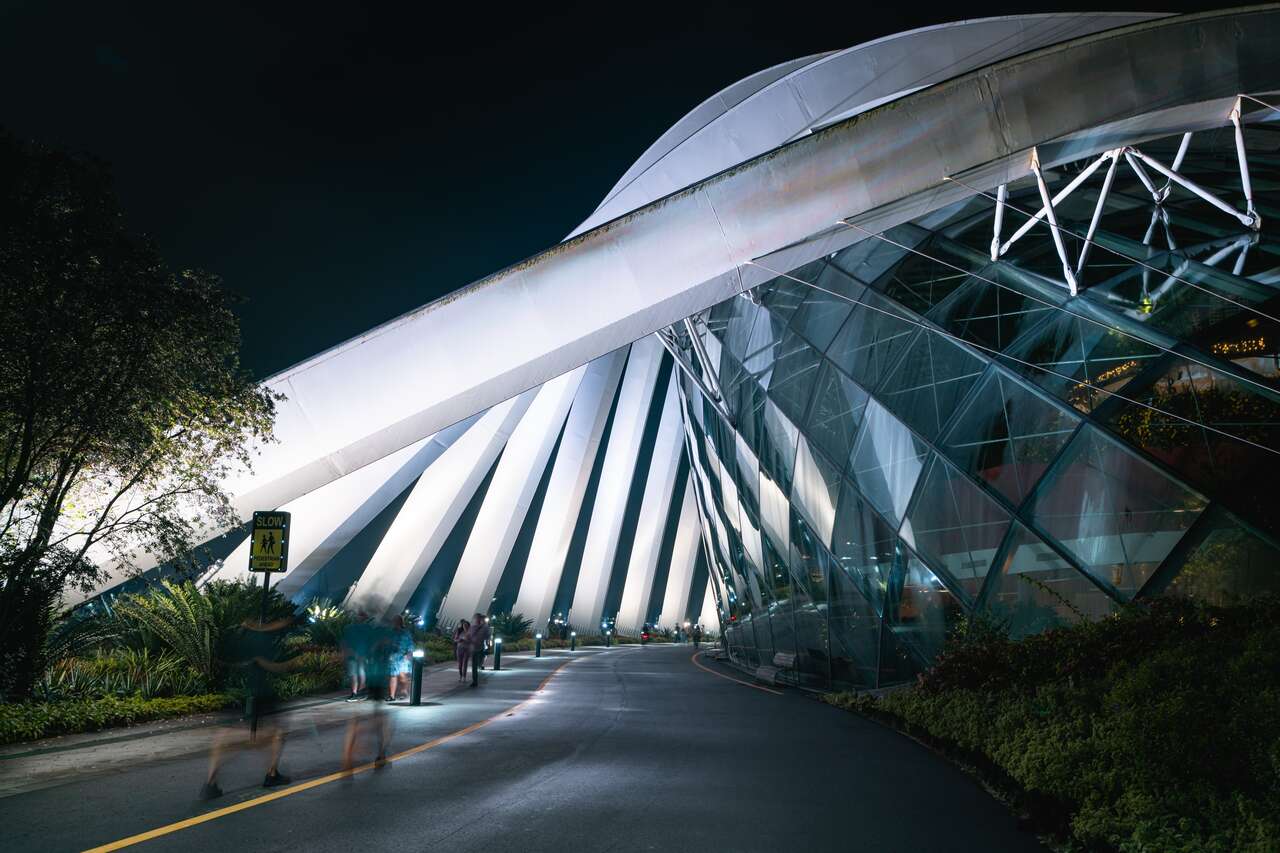
Before calling it a night, visit the Flower Dome and Cloud Forest, two enormous air-conditioned glasshouses filled with lush greenery and fantastic themed gardens, including a stunning waterfall. Entry costs 32 SGD for access to both.
Day 2: Visit Joo Chiat, Little India, and Arab Street
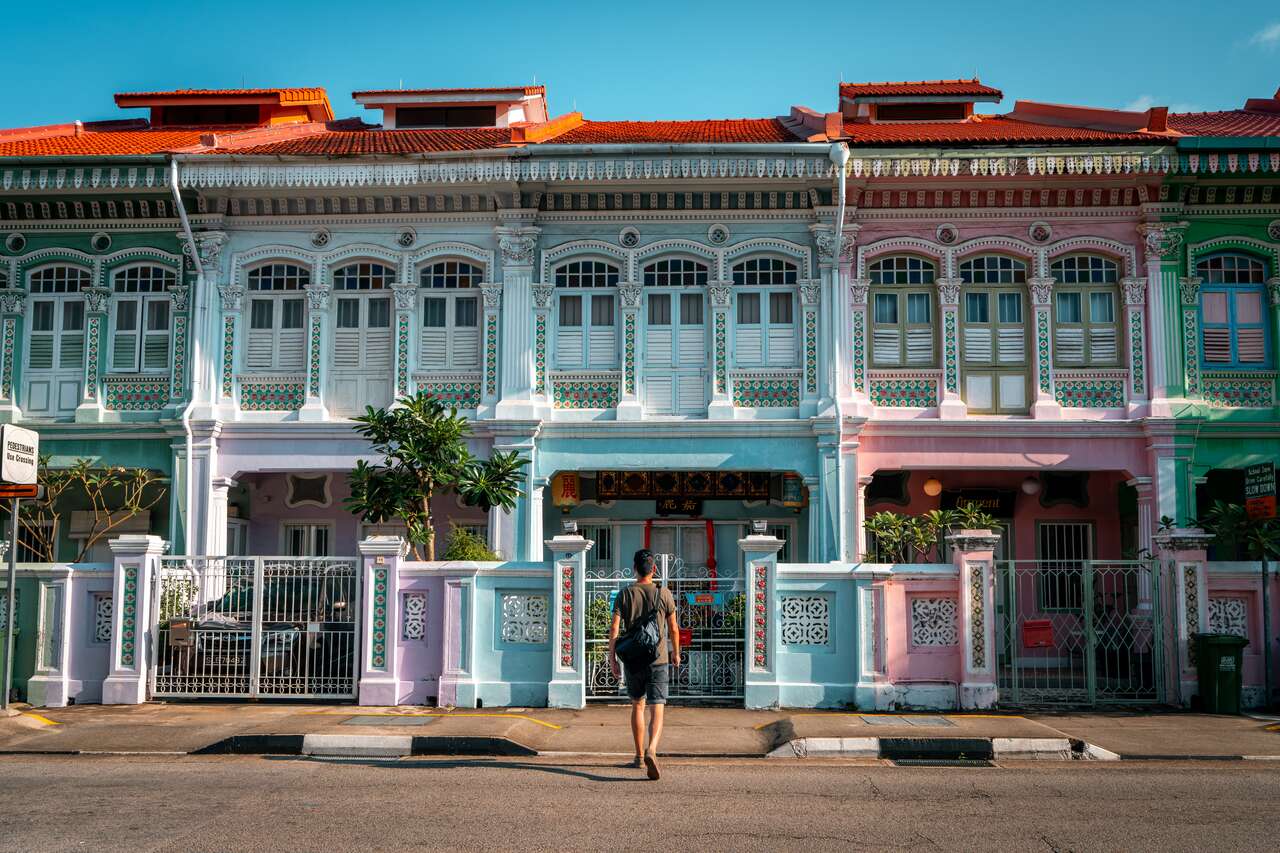
On the second day, we’ll explore Joo Chiat, a neighborhood known for its colorful historical Peranakan buildings and a plethora of unique dining options.
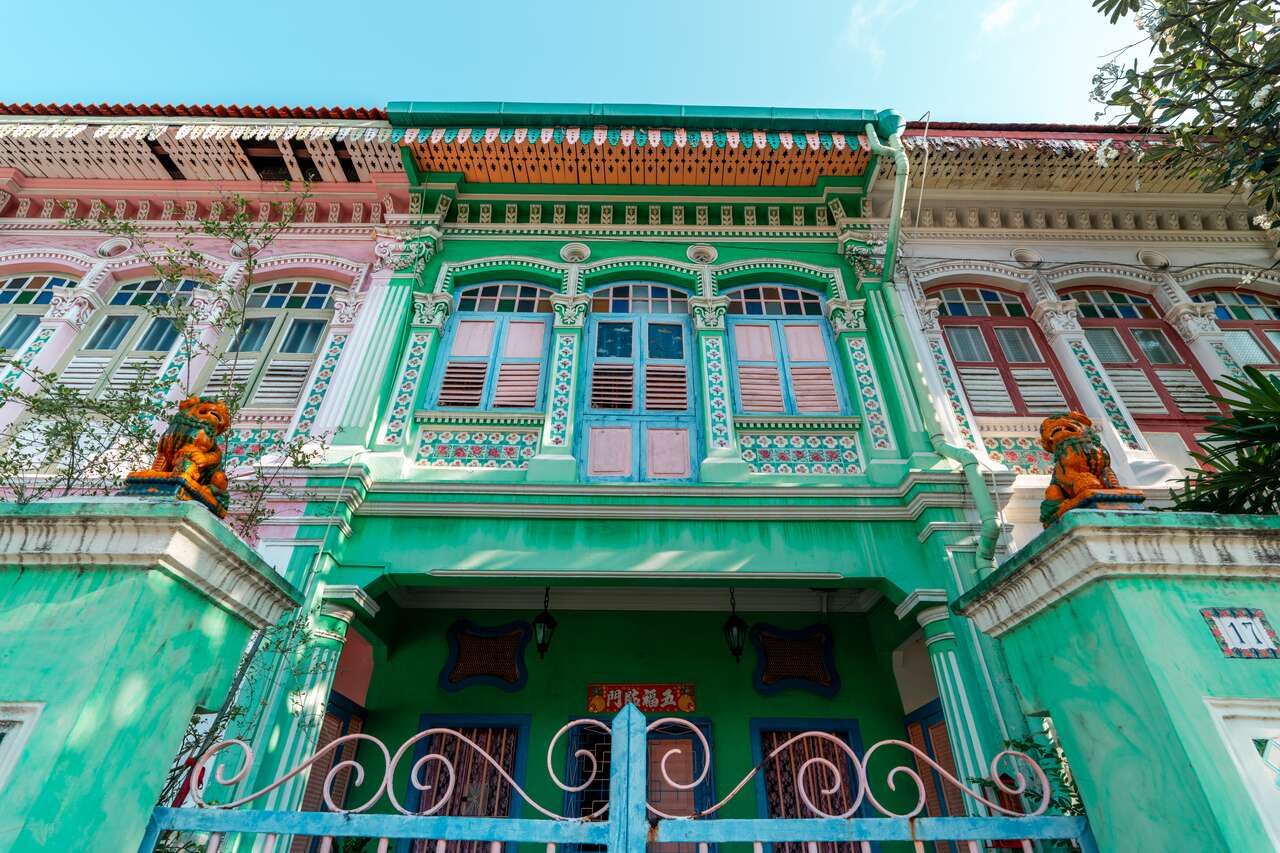
Thanks to a friend who lives in the area, I got to discover the beautiful heritage houses along Koon Seng Road, making it one of the most picturesque spots in Joo Chiat.
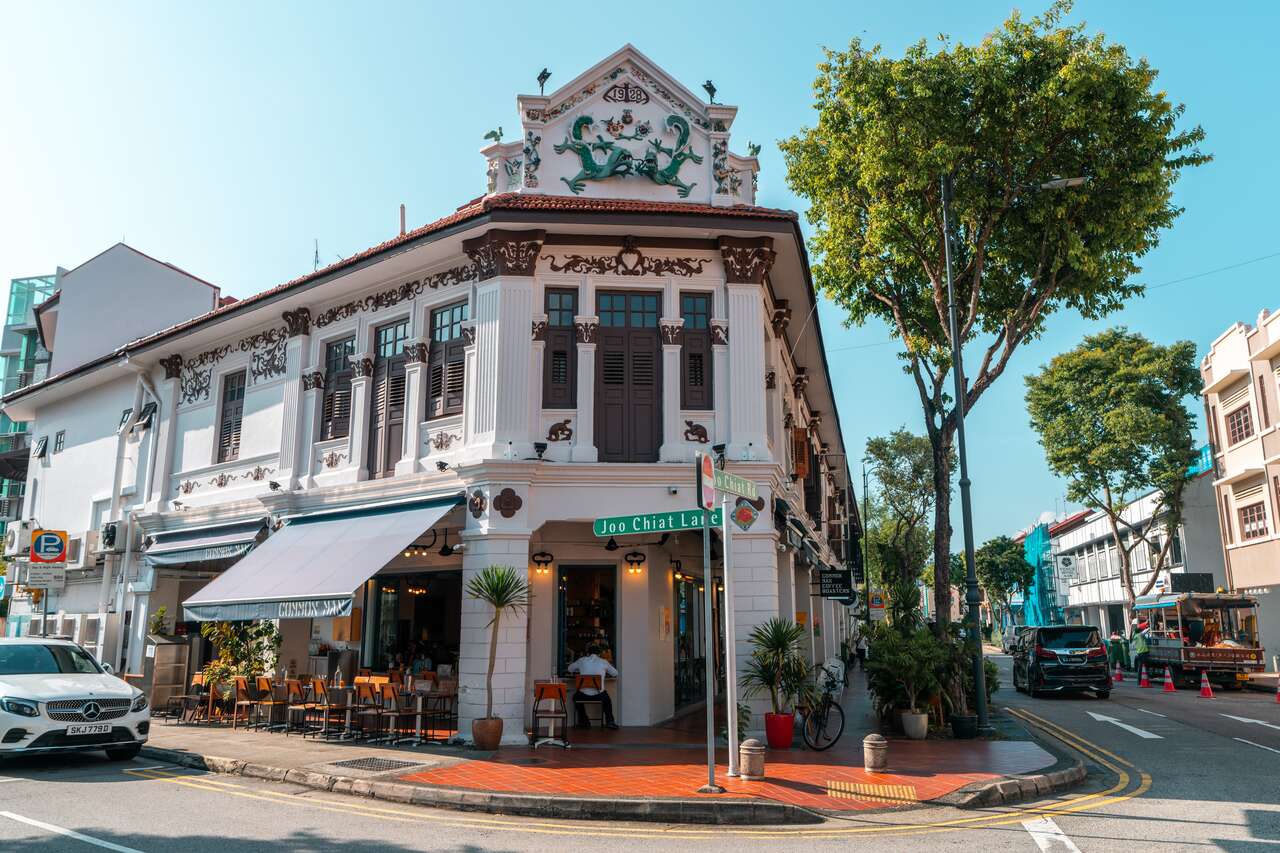
Joo Chiat is home to many stunning Sino-Portuguese buildings beyond Koon Seng Road, which can easily take over an hour to explore.

This district is renowned for its dining options, including a fantastic bakery (Petit Pain) that serves the crispiest croissants, and 328 Katong Laksa, a local favorite featured on Gordon Ramsay’s show. Enjoy a snack or lunch here before we continue our exploration.
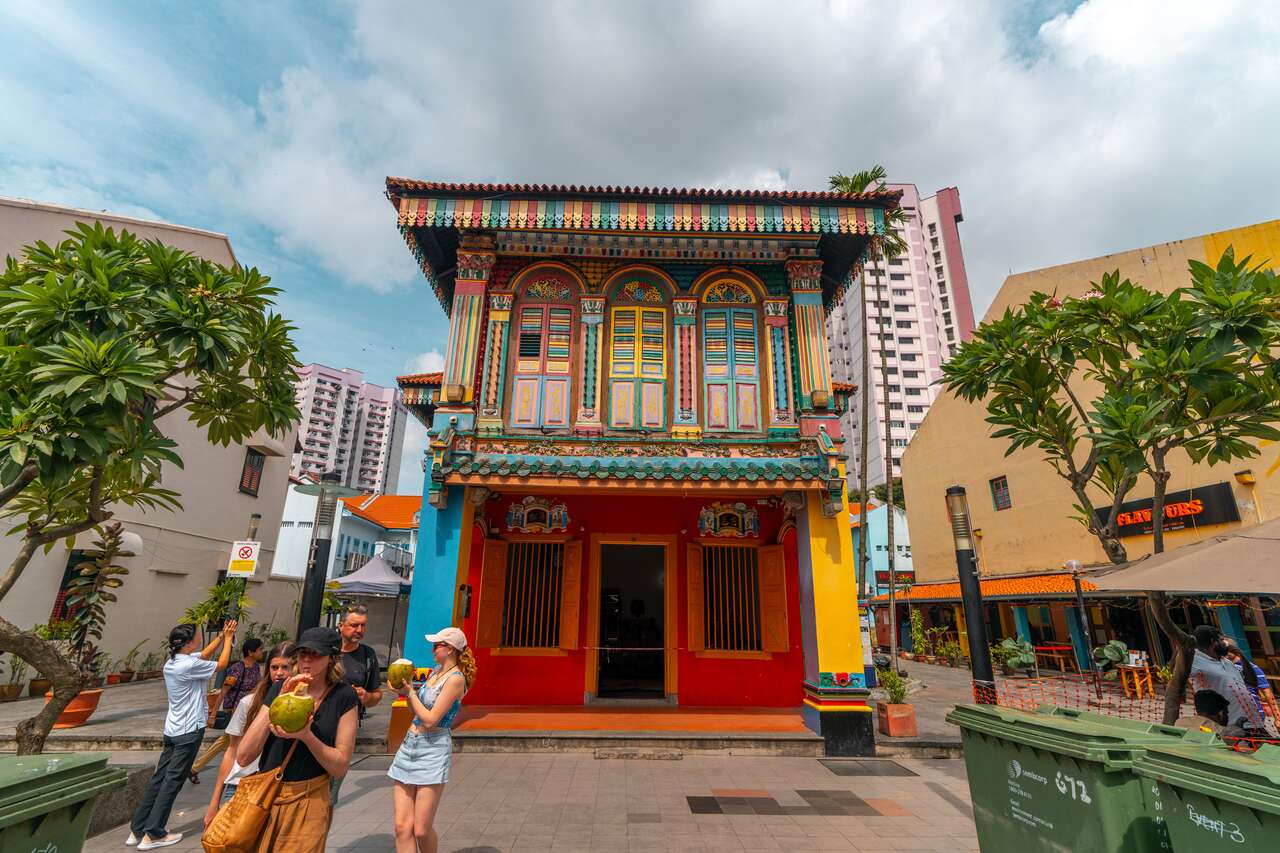
Next, journey to Little India, a vibrant neighborhood that showcases Singapore’s Indian community, celebrated for its array of Indian restaurants, colorful flower shops, and temples.
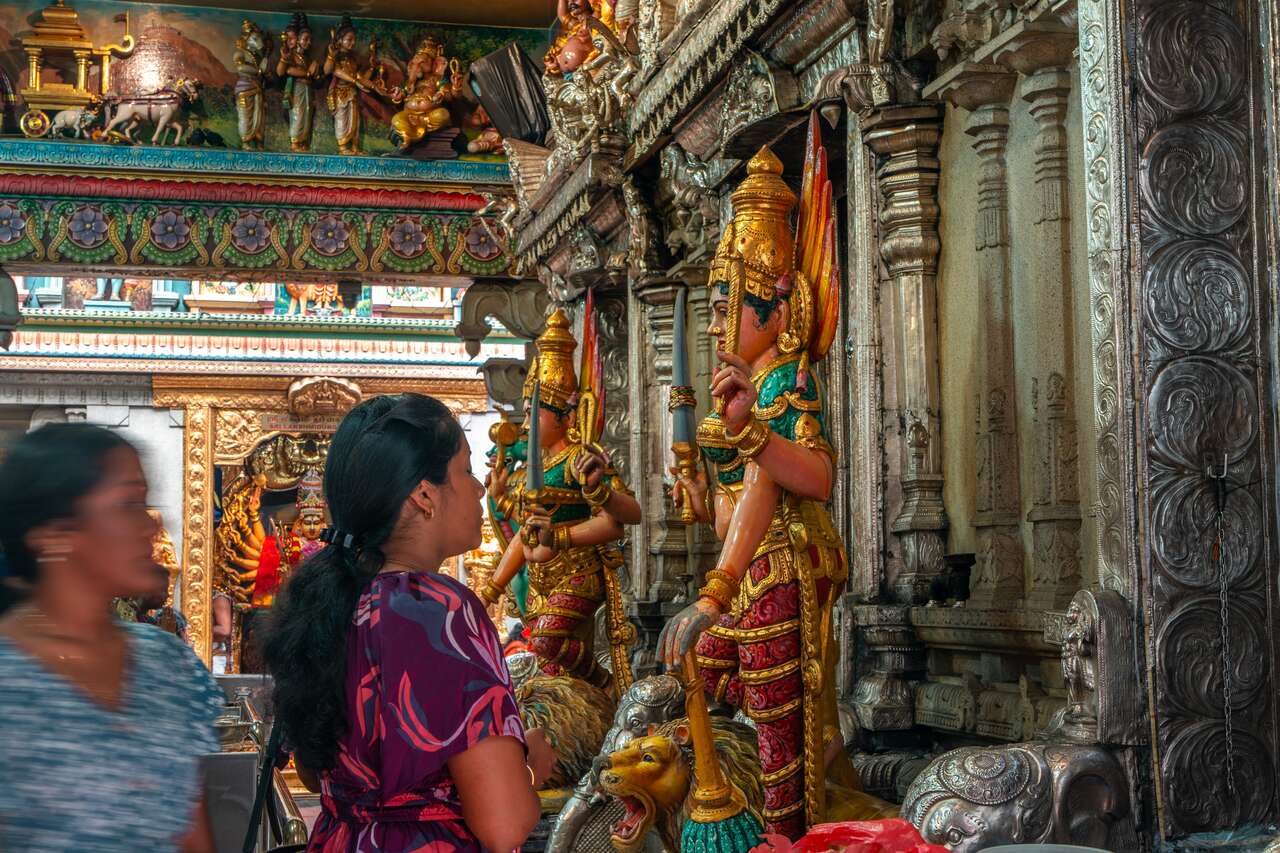
One highlight in Little India is the Sri Veeramakaliamman Temple, a magnificent Hindu temple adorned with colorful, intricate designs and statues of various deities.
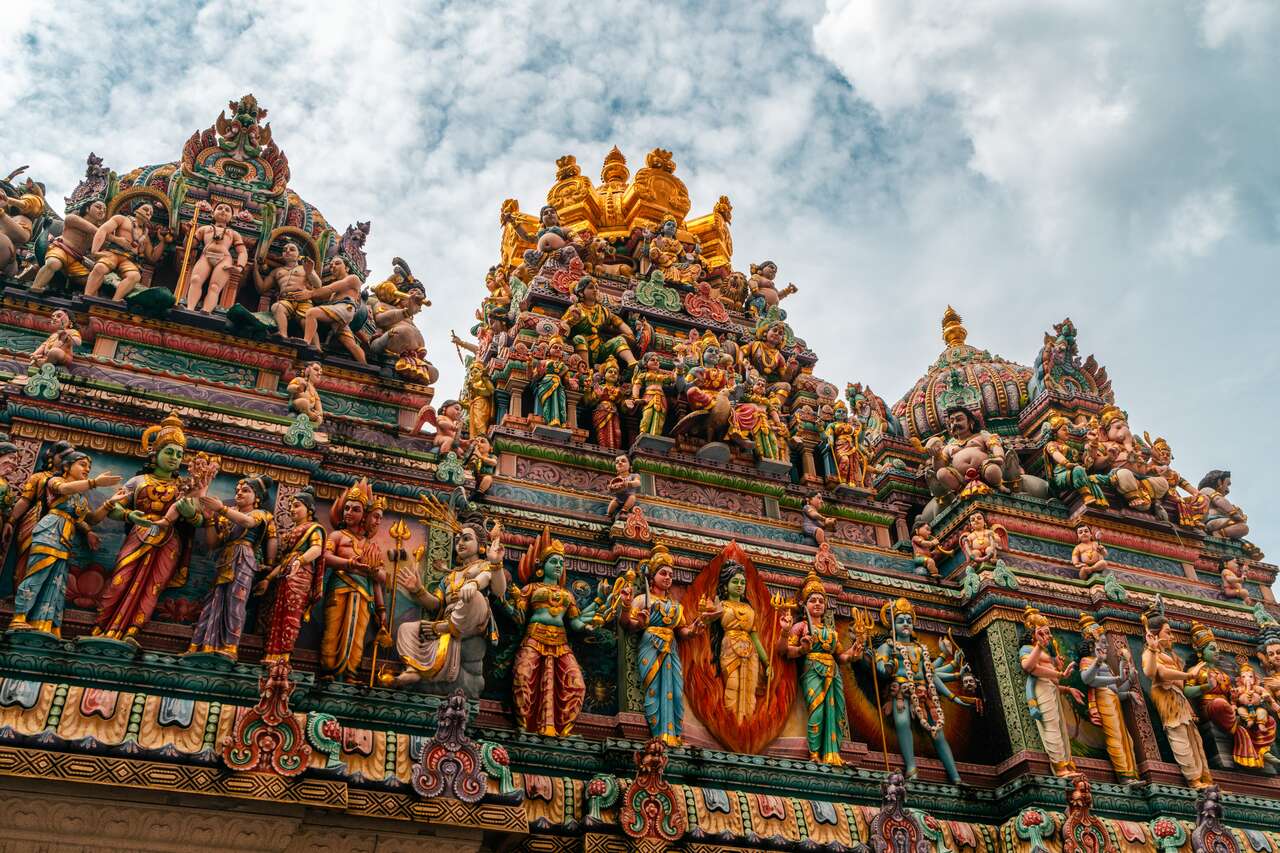
Be sure to explore the temple’s roof, as Hindu temples are known for their vibrant roof designs. The temple is open daily from 5:30 AM to 12 PM and 5 PM to 9 PM.
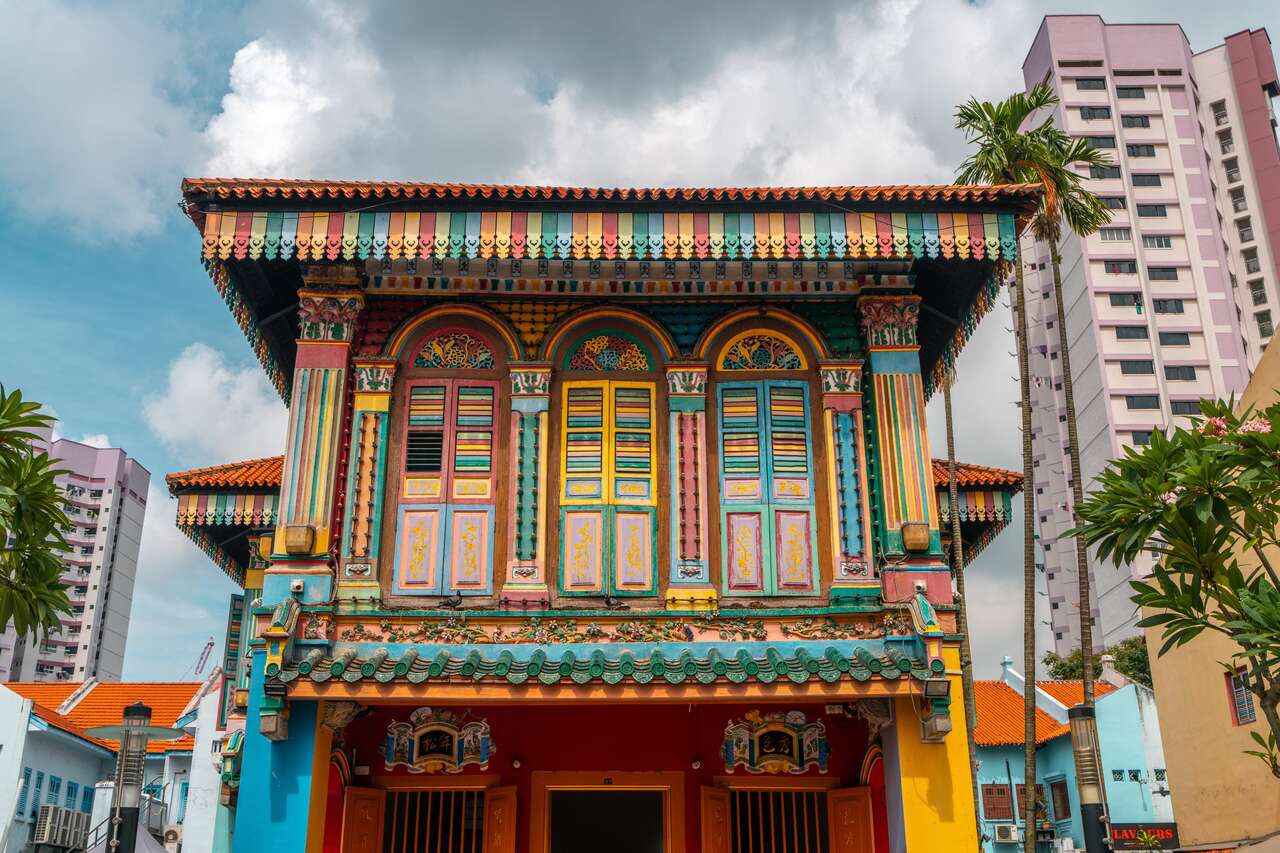
While in Little India, don’t forget to visit the Little India Arcade and check out the vibrant Former House of Tan Teng Niah, the last remaining Chinese house in this area.
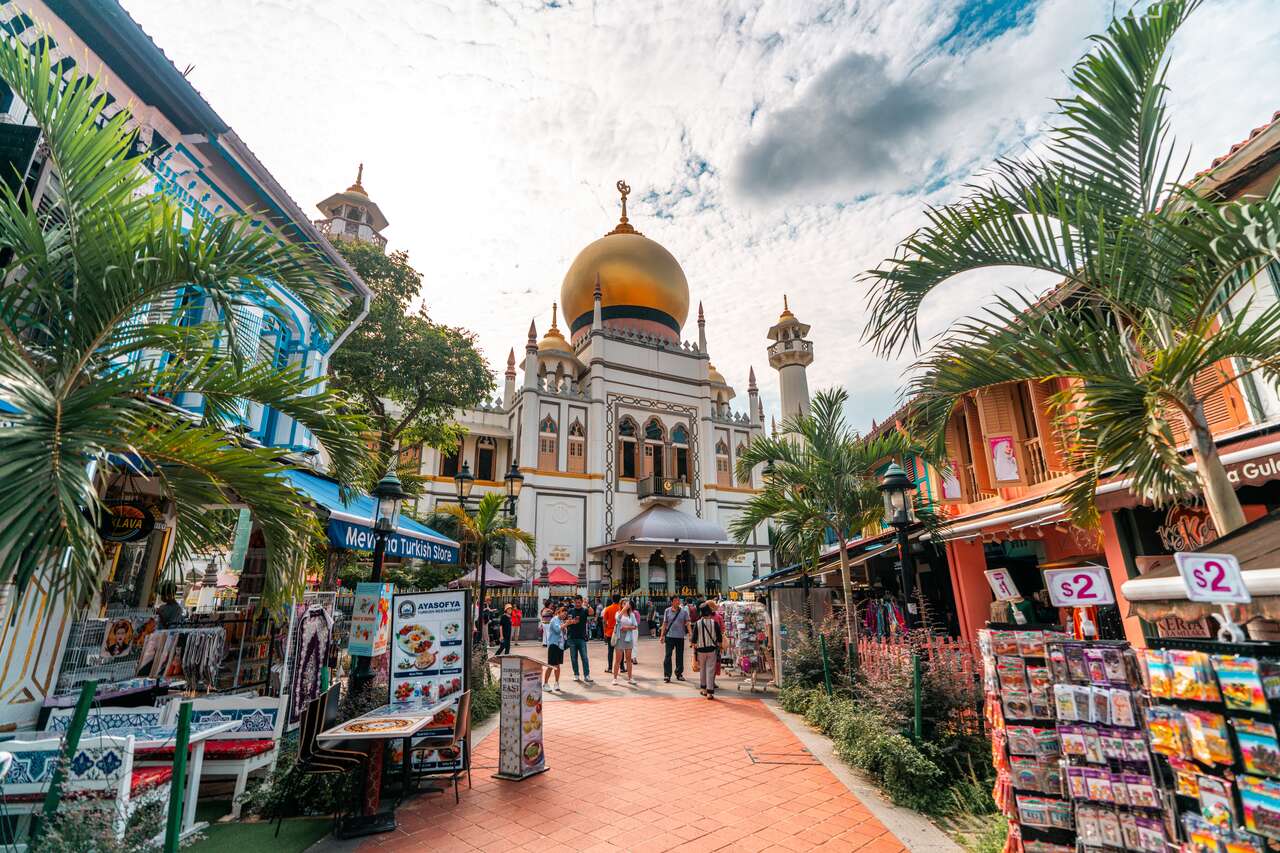
From there, make your way to Arab Street, the bustling hub of the local Malay and Arab community. Start at the iconic Sultan Mosque, known for its striking golden dome, and explore the surrounding winding streets.
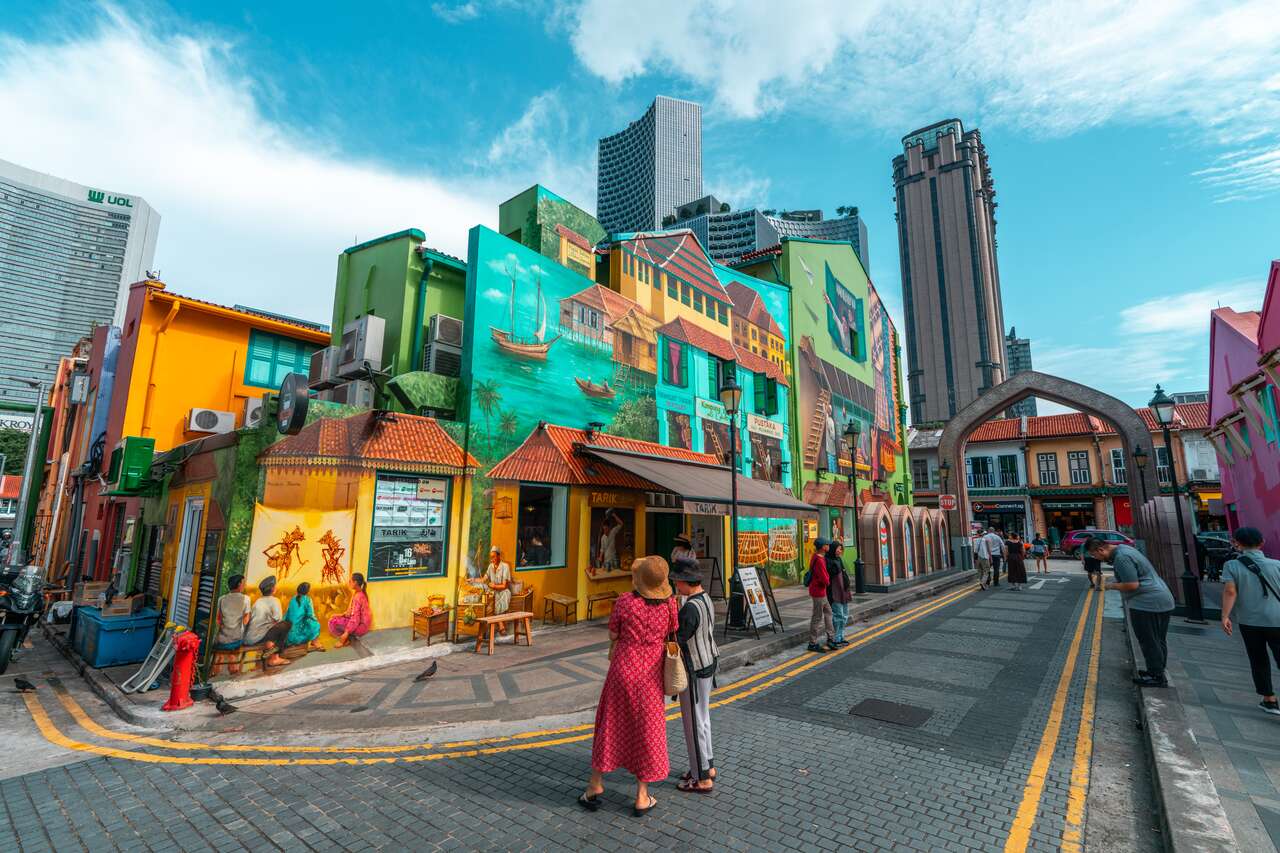
Arab Street is lined with souvenir shops and inviting restaurants. Enjoy dinner here and take in the impressive street art that adorns the neighborhood, allowing at least an hour to explore thoroughly.
Day 3: Bike Around Pulau Ubin and Relax
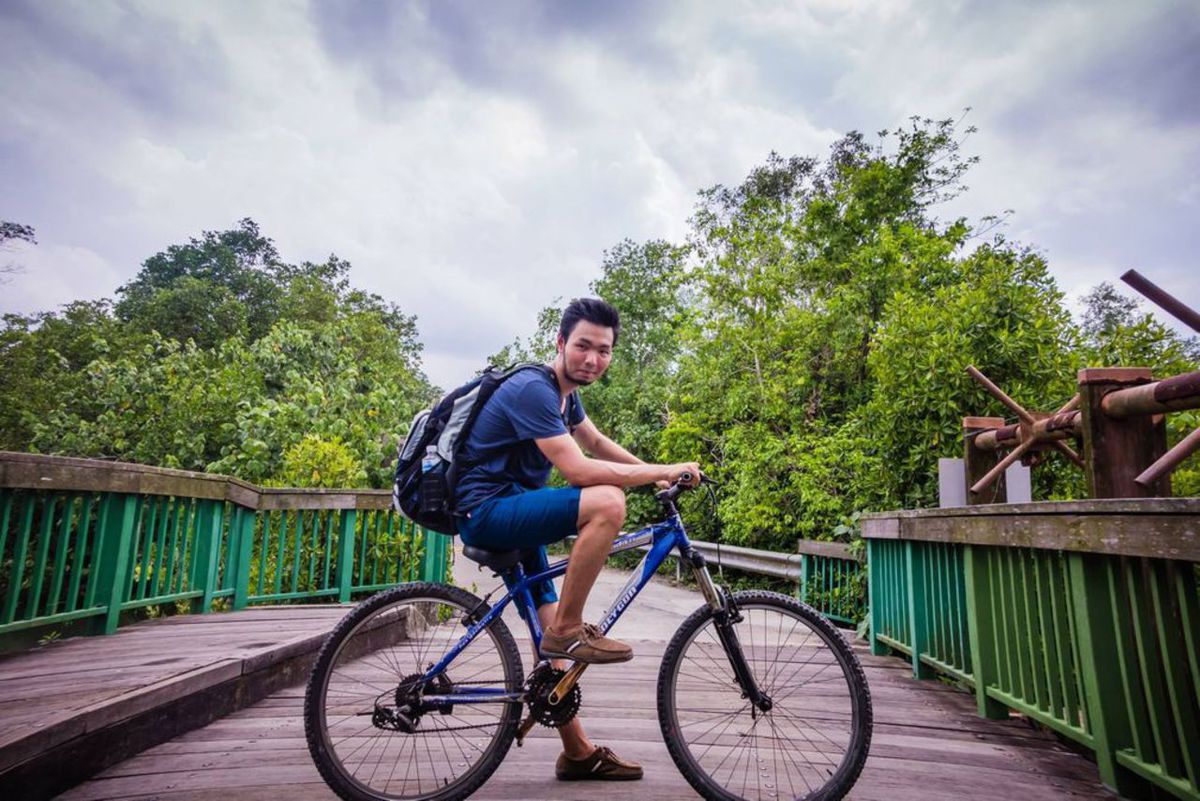
On the final day of our itinerary, we’ll take a trip to Pulau Ubin, a lush island located in northeastern Singapore where you can bike through nature and explore one of the last rural areas in the country.
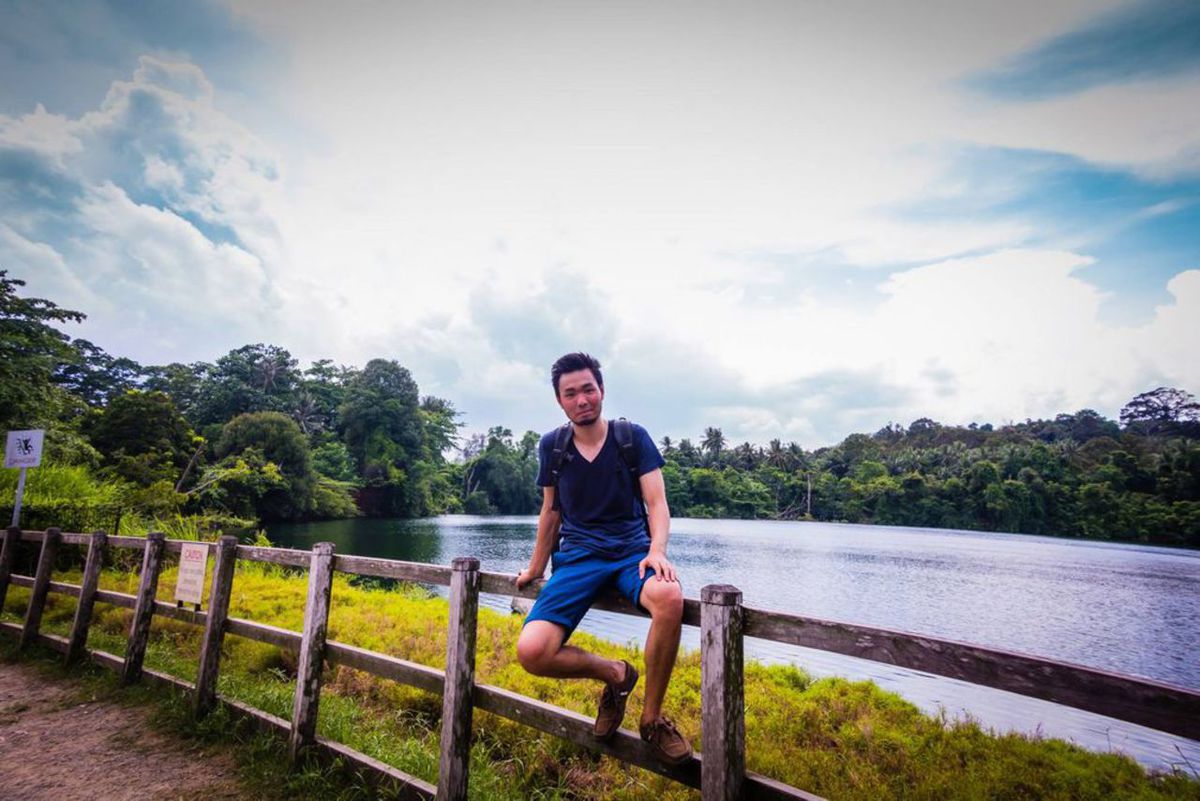
To reach the island, head to Changi Point Ferry Terminal for a short ferry ride. The ticket costs around 4 SGD one-way, and the ferry ride takes about 15 minutes.
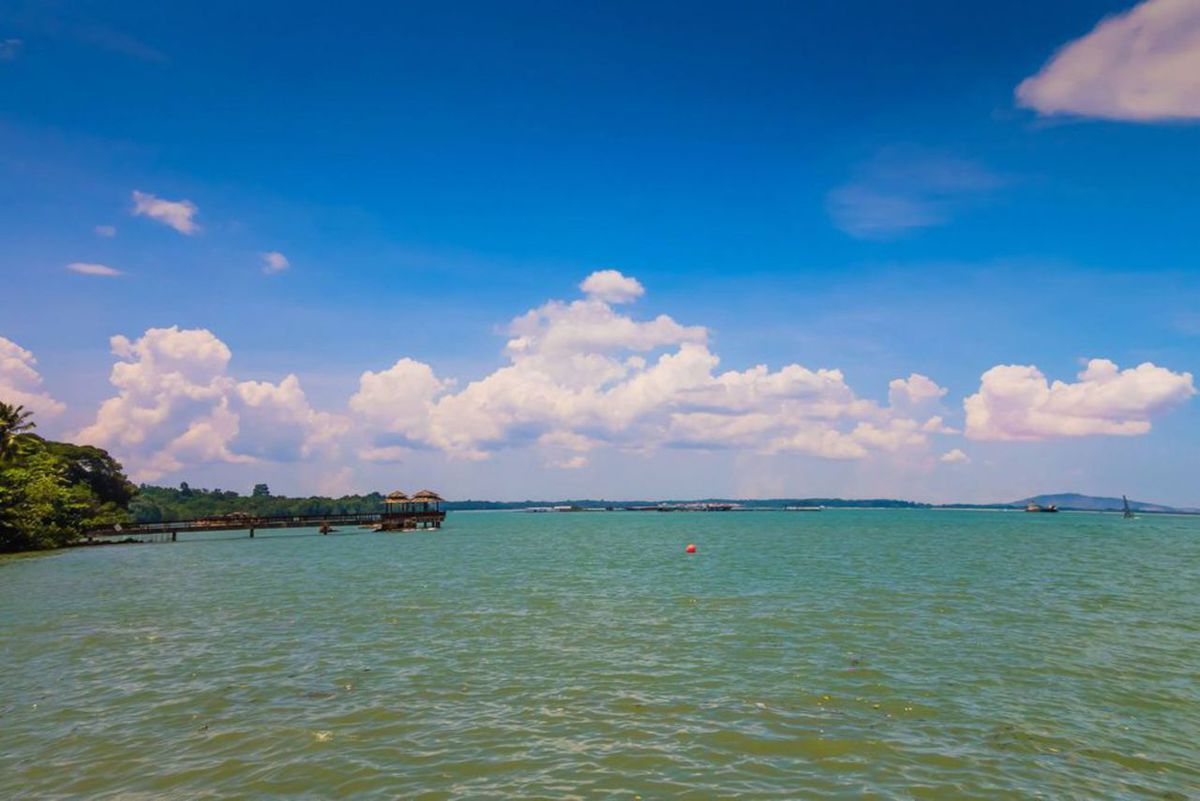
Once you arrive on Pulau Ubin, you’ll find several bike rental spots offering mountain bikes for 10 to 15 SGD for the day. After biking your heart out, return the bike and head back to the jetty to catch your ferry back to the mainland.
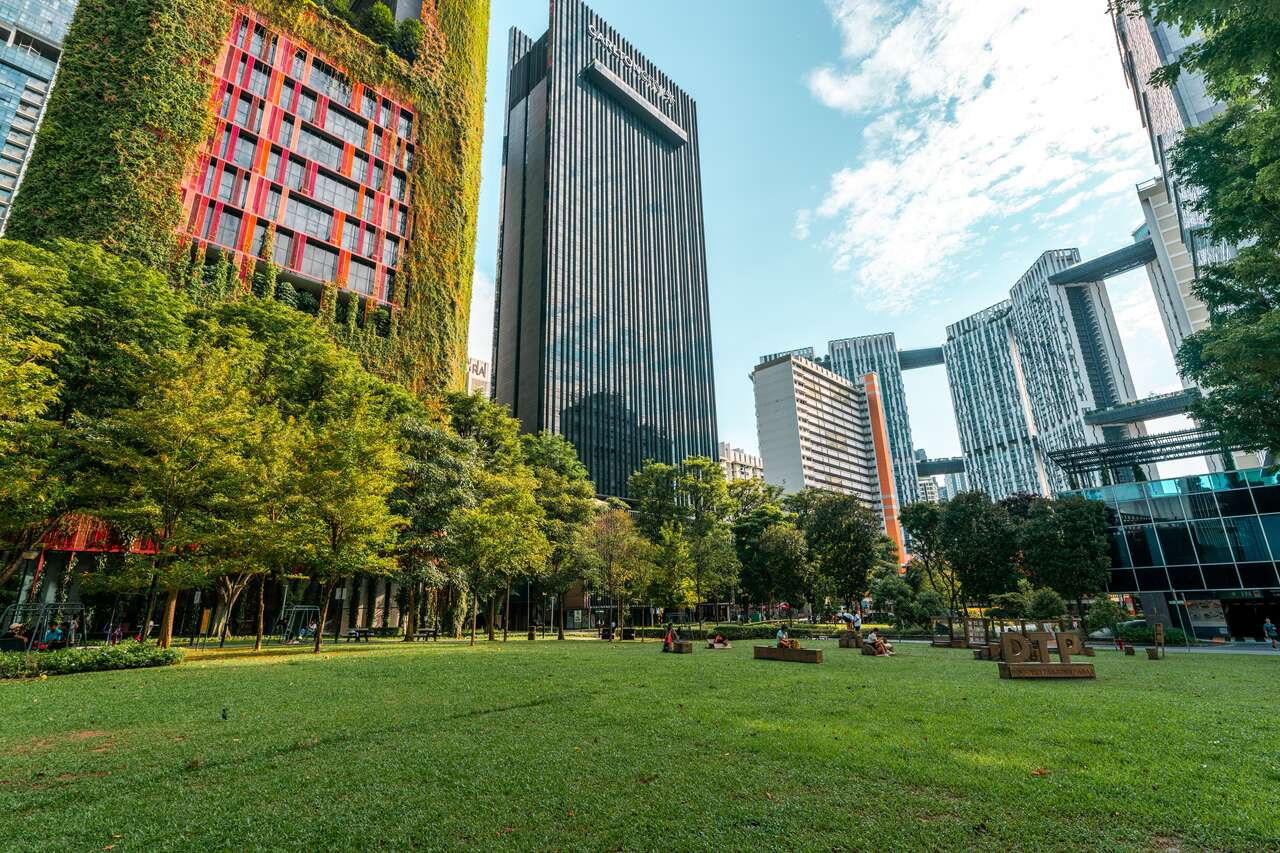
Spend the remainder of your day relaxing in one of Singapore’s many parks, indulging in delicious hawker food, and enjoying a bit of nightlife to wrap up your 3-day adventure in this incredible city. Congratulations!
Where to Stay in Singapore?
When to Visit Singapore?
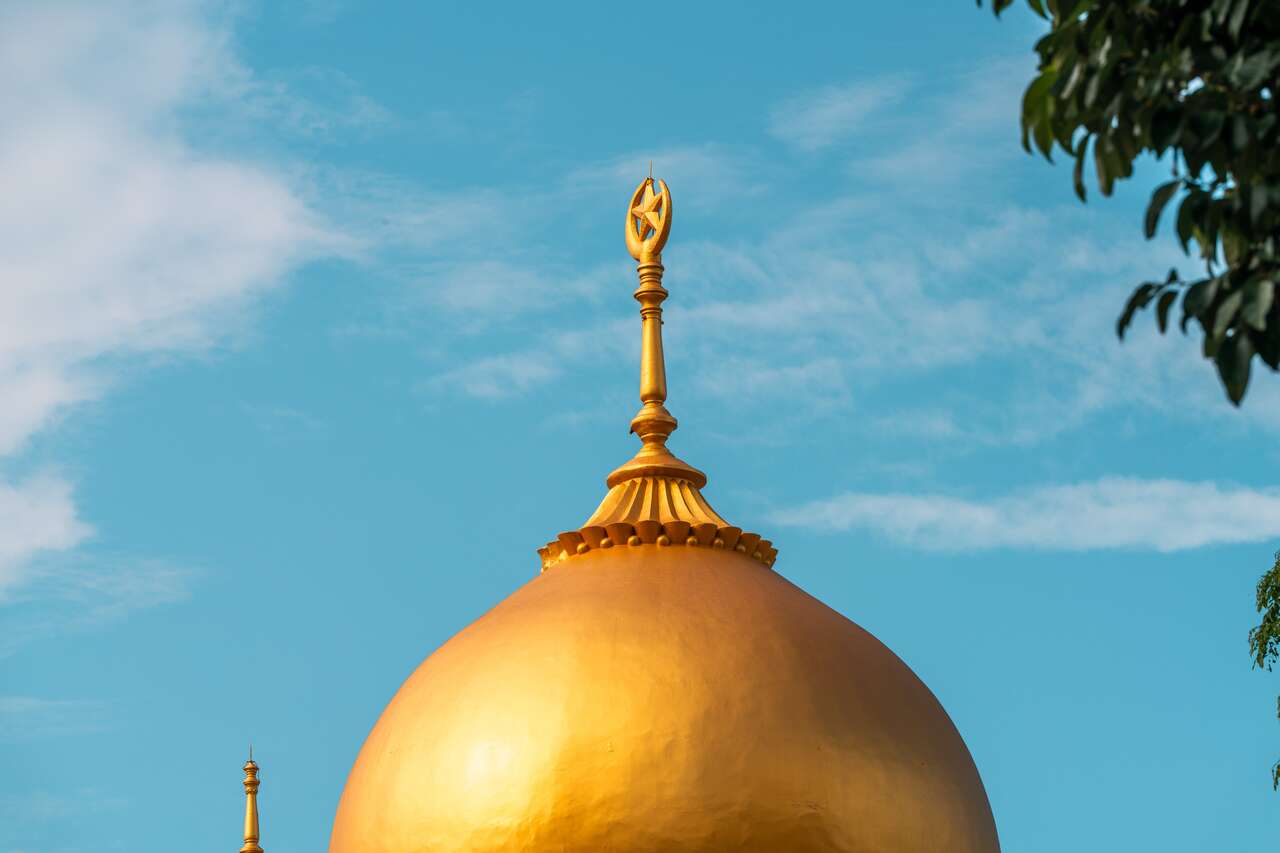
While Singapore is a year-round destination, the best time to visit is during the spring months from March to May. By this time, the rainy season has passed, and the temperatures are comfortable enough for you to explore outside.
How to Get to Singapore?
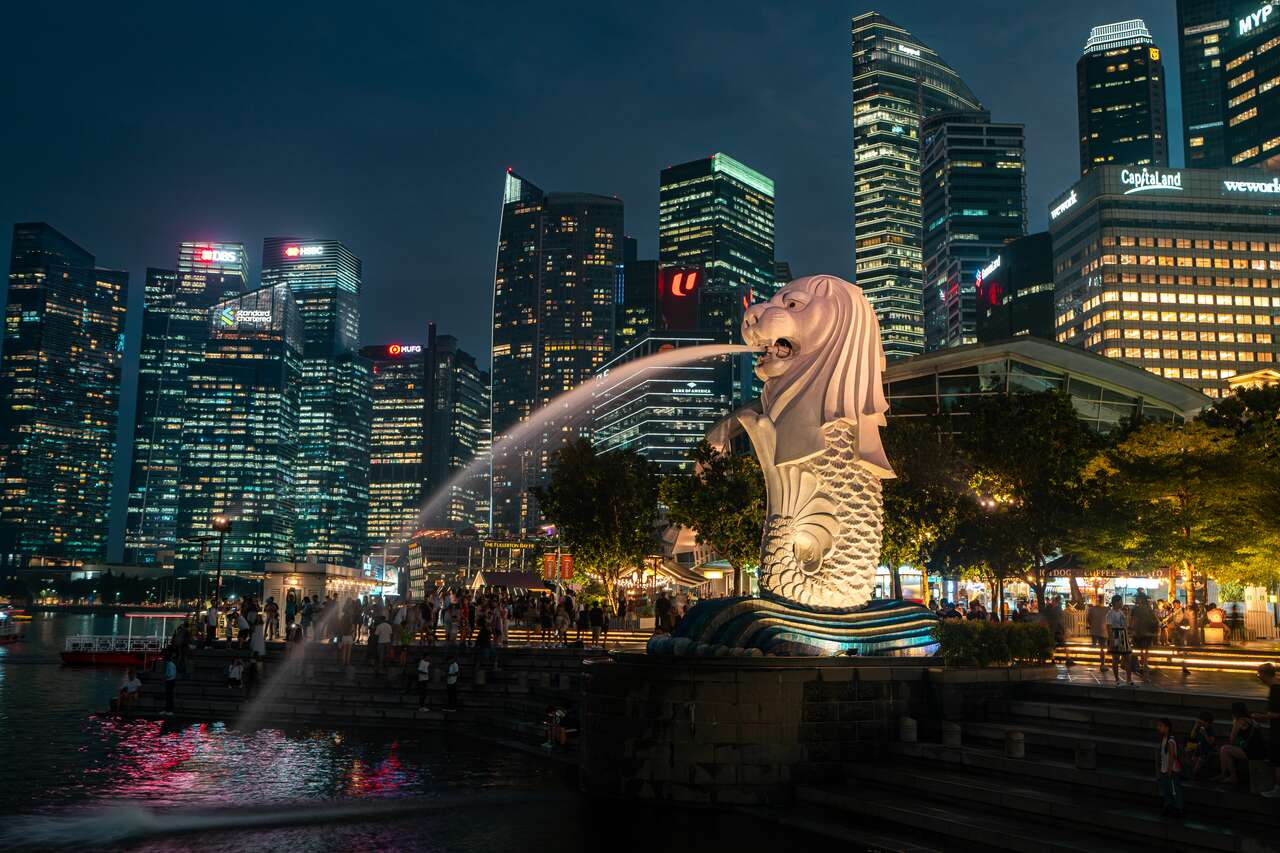
From the US, you can find direct flights from cities such as San Francisco, Los Angeles, or New York via airlines like United and Singapore Airlines, as Changi Airport is a major regional hub.
From Europe, direct flights are available from major cities like London, Frankfurt, and Amsterdam on airlines such as British Airways, Lufthansa, and KLM.
From Asia, budget travelers can opt for AirAsia flights from cities including Kuala Lumpur, Bangkok, or Jakarta. For farther locations, Singapore Airlines offers convenient direct flights.
For affordable fares to Singapore, I recommend checking AirAsia, Skyscanner, or Expedia to compare prices and schedules to find the best deals.
How to Get Around Singapore?
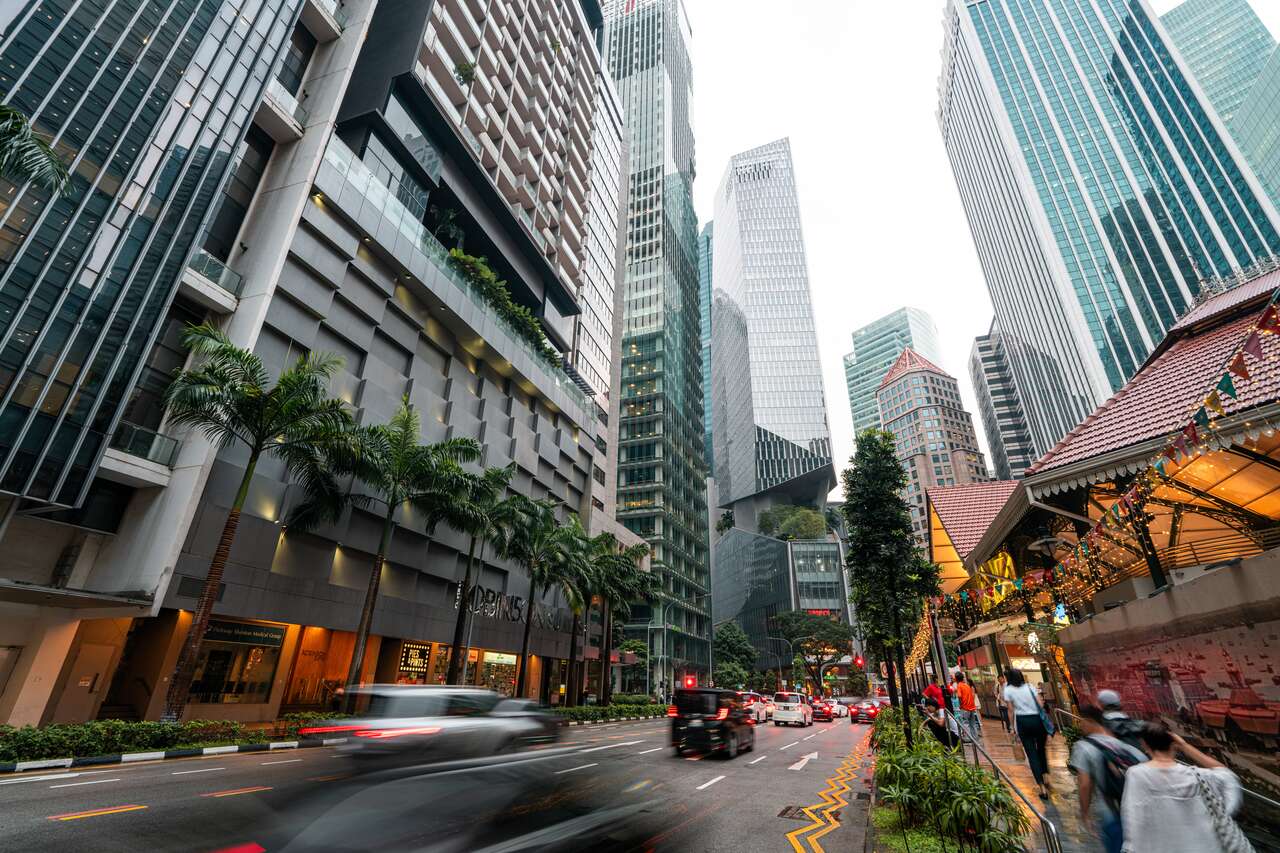
Getting around Singapore is a breeze thanks to the MRT system, which has extensive rail coverage throughout the city. You can easily access all the locations mentioned in this guide with the MRT.
Purchasing tickets is also straightforward—simply tap your credit card on the machine when entering and exiting the platform, with fares ranging from 1.5 to 2.5 SGD based on distance.
The same rule applies to buses. If you plan to visit Pulau Ubin, simply tap your card on the bus to check in and out.
If you’ll use the MRT multiple times in a day, consider getting the Singapore Tourist Pass, allowing unlimited rides on the MRT and buses for 22 SGD (1 day), 29 SGD (2 days), or 34 SGD (3 days). Keep in mind that there is a 10 SGD deposit, which is refundable upon returning the card within five days of purchase.
You can obtain the card at a tourist office at Changi Airport. The pass is only worth it if you plan to travel extensively; otherwise, using your credit card should suffice for this itinerary.
How Much Money Do I Need For A 3-Day Trip To Singapore?
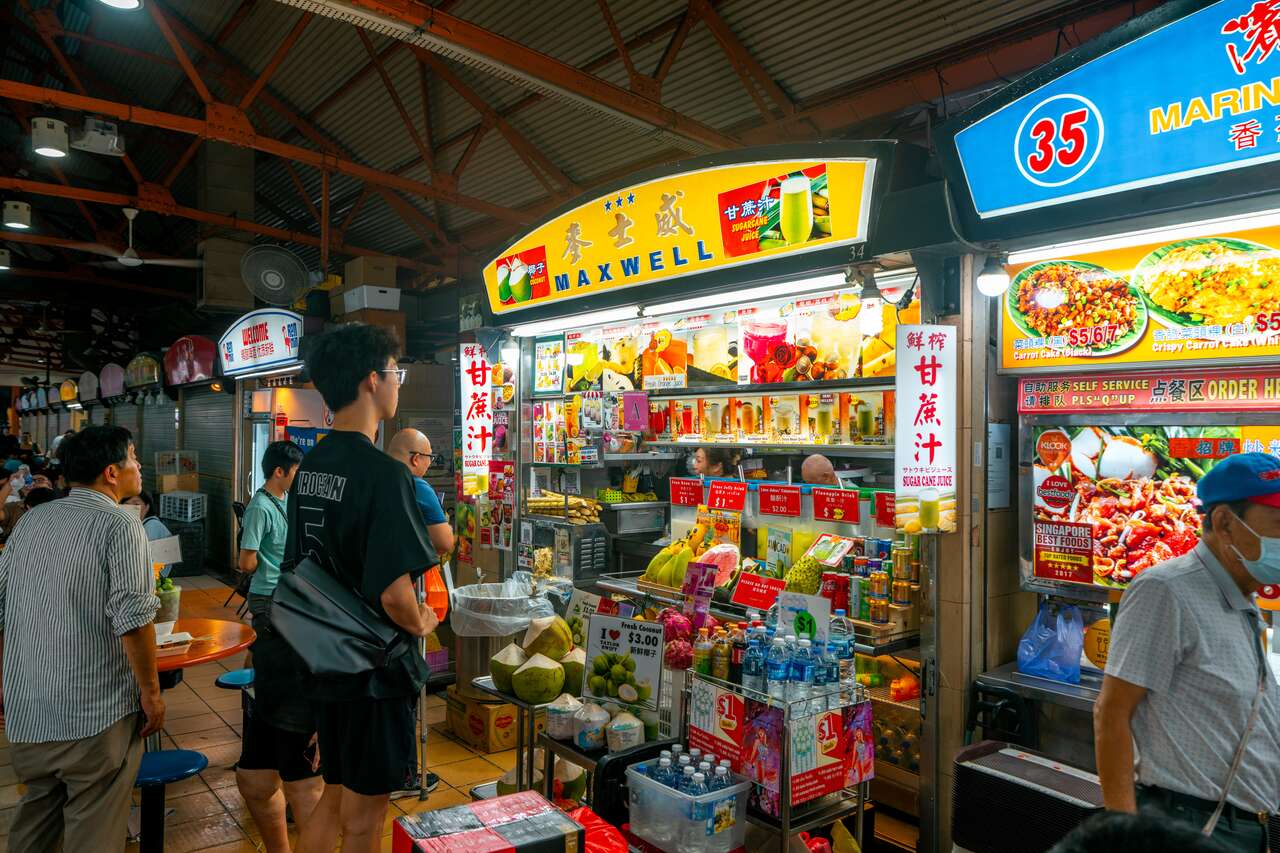
Based on this 3-day itinerary, here’s a rough breakdown of your expenses:
Accommodation: Estimated at a minimum of 200 USD for 3 nights.
Food: Expect to spend around 40 USD on hawker market meals over three days.
Transportation: This itinerary will likely require about 12 USD for transport, including airport transit.
Activities: Depending on your preferences, plan for about 15 USD in activity costs, which may include Pulau Ubin or Gardens by the Bay.
Total Estimated Budget for 3 Days in Singapore: $267 USD
Is it Safe in Singapore?
Singapore consistently ranks as one of the safest cities globally. The strict laws and regulations help ensure that solo travelers can feel secure while exploring.
Which Tourist SIM Card is Best for Singapore?
The top SIM card provider in Singapore is Singtel, and you can easily find their booths at the airport.
If your smartphone supports eSIMs, consider using Klook’s eSIM service. They offer various data packages at competitive prices. For instance, I secured a 3-day unlimited data plan (capped at 2 GB per day) for just 4 USD. It’s easy to set up and can be arranged in advance, so you won’t need to scramble upon arrival.
Singapore provides ample free Wi-Fi throughout the city, so you can opt for that if you wish to avoid getting a SIM card. However, having a SIM card is advisable for navigation purposes.
For more details on eSIMs in Singapore, click here: Check Singapore’s Available eSIM.
What to Pack for Singapore?
I advocate for light packing, as it makes for a more convenient journey. Here are some tips for your upcoming trip to Singapore:
- Walking/Hiking Shoes: Given the amount of walking and possible hiking, invest in a comfortable pair of shoes. I recommend the Timberland 3-Eye Classic Boat Shoes, perfect for long walks.
- Breathable Shirts: Pack a few lightweight, breathable shirts to keep you comfortable in the warm weather.
- Shorts/Jeans: Bring breathable shorts and a pair of jeans for cooler conditions. For women, leggings are versatile for both hot and cold weather.
- Outer Shell Jacket: Ideal for windy or rainy conditions, I recommend the lightweight and breathable Columbia Watertight Jacket, available in various colors.
- Microfiber Towel: A microfiber towel is perfect for travelers due to its lightness and quick-drying properties.
- Swim Suits: Don’t forget swim gear if you’re visiting during summer for a quick dip.
- Camera: A good camera is essential to capture your experiences. I recommend the Sony a7R V with a Sony 24-70mm f2.8 GM II lens for exceptional quality.
- Power Bank: Keep your devices charged on the go with a power bank that has over 20,000 mAh.
- Water Bottle: The Hydro Flask Trail Water Bottle is great for keeping your drinks cold or warm throughout the day.
- Universal Adapter: A universal charger is essential for powering your electronics while traveling.
- Packing Cubes: Efficiently organize your backpack while saving space with packing cubes.
- Daypack: I recommend the Langly Alpha Globetrotter as a stylish and functional everyday backpack.
- Large Backpack: The Osprey Atmos AG 65L backpack is an excellent choice for carrying your belongings with remarkable weight distribution and a lifetime guarantee.
For more details on my packing essentials, check out: My Packing List: 60 Travel Essentials.
Further Reading for Singapore
I hope this travel guide helps you plan your trip to Singapore. If you’re interested in learning more about this fascinating country, here are some other articles you might find useful:



